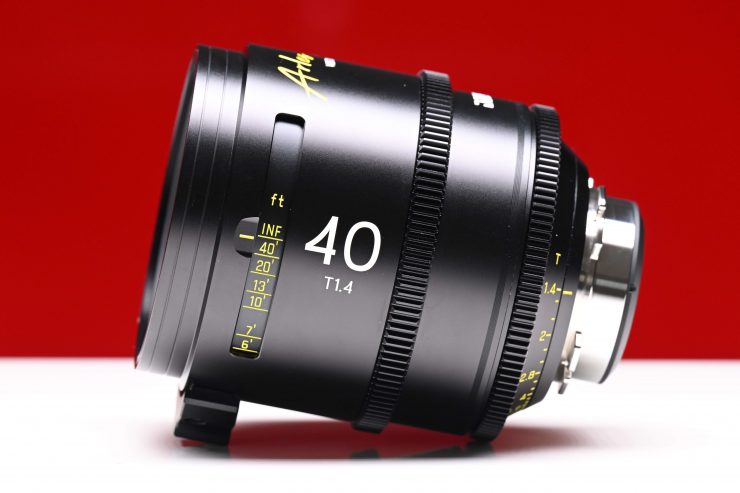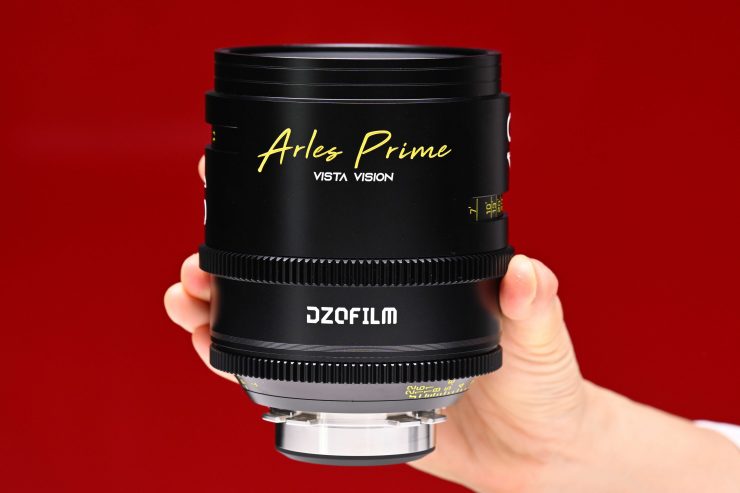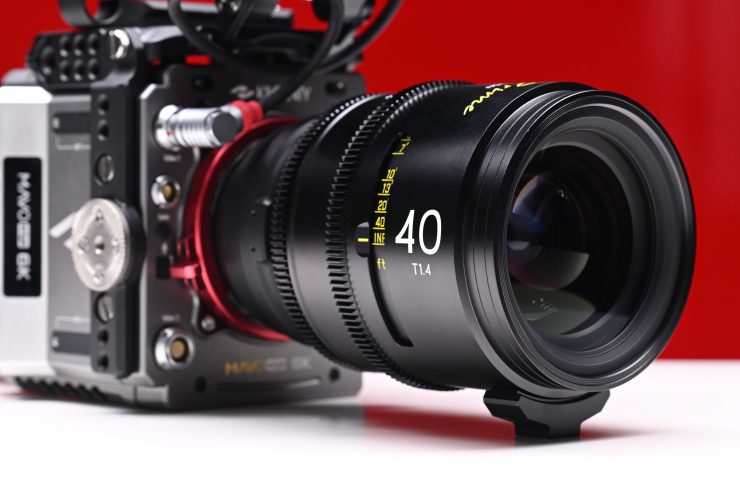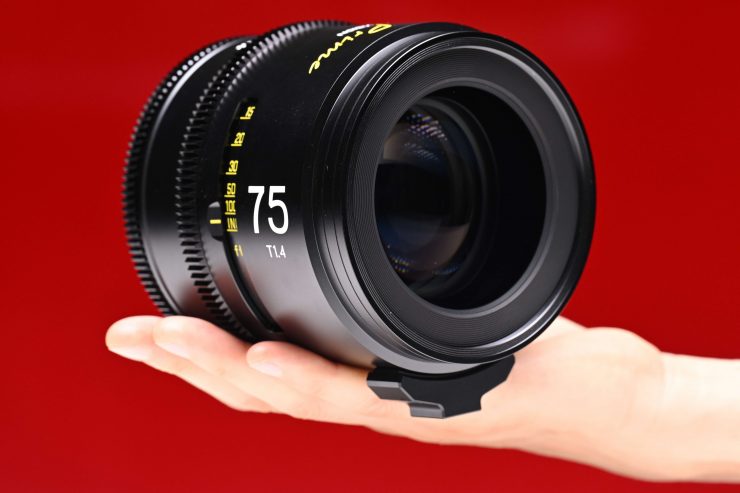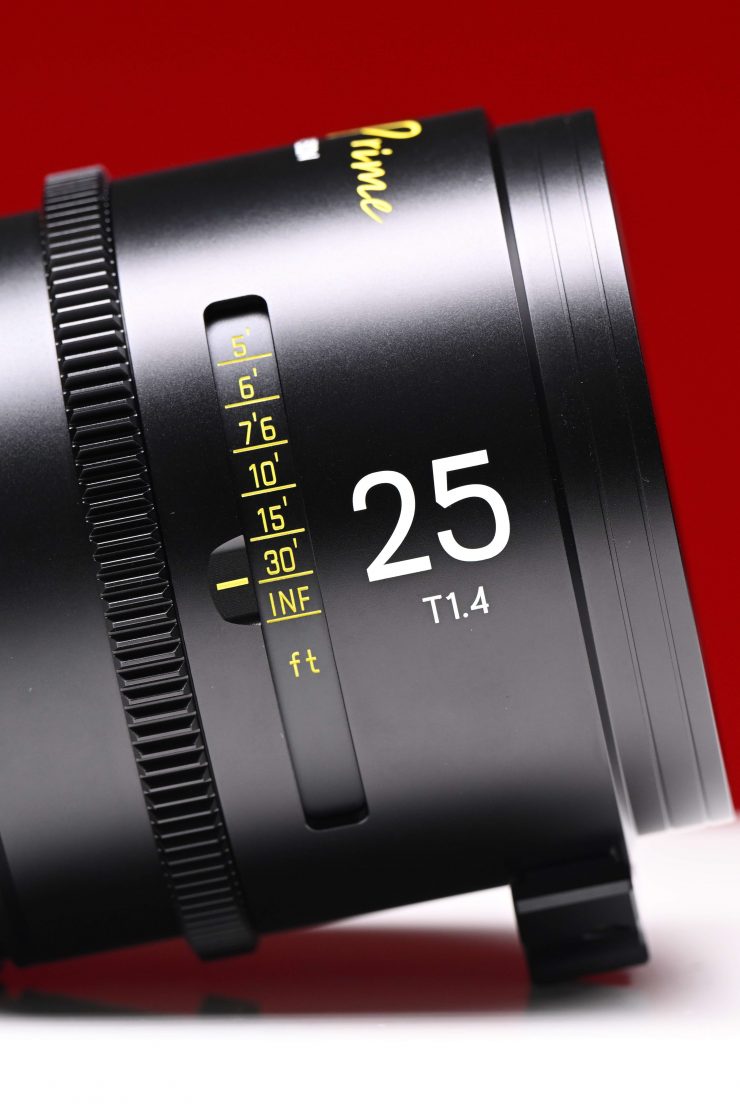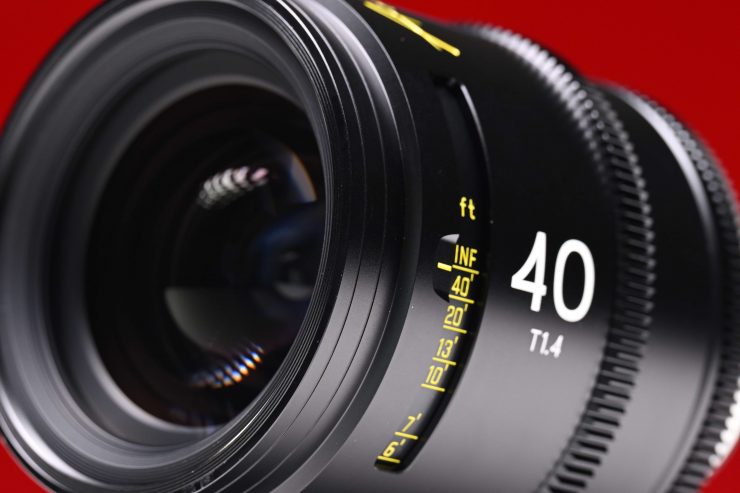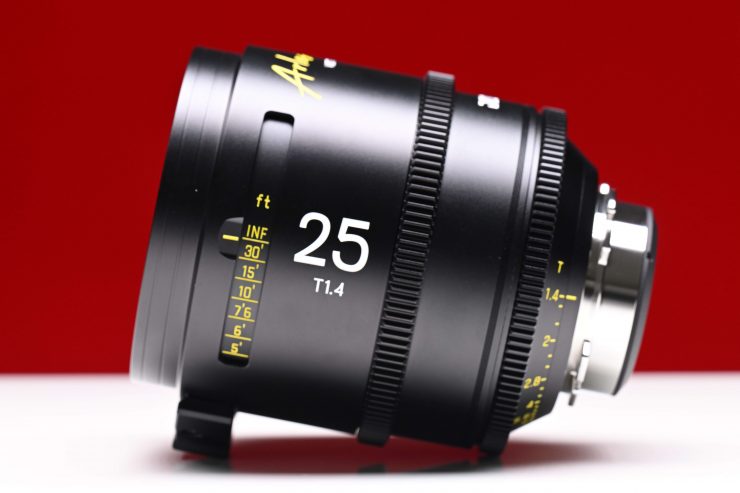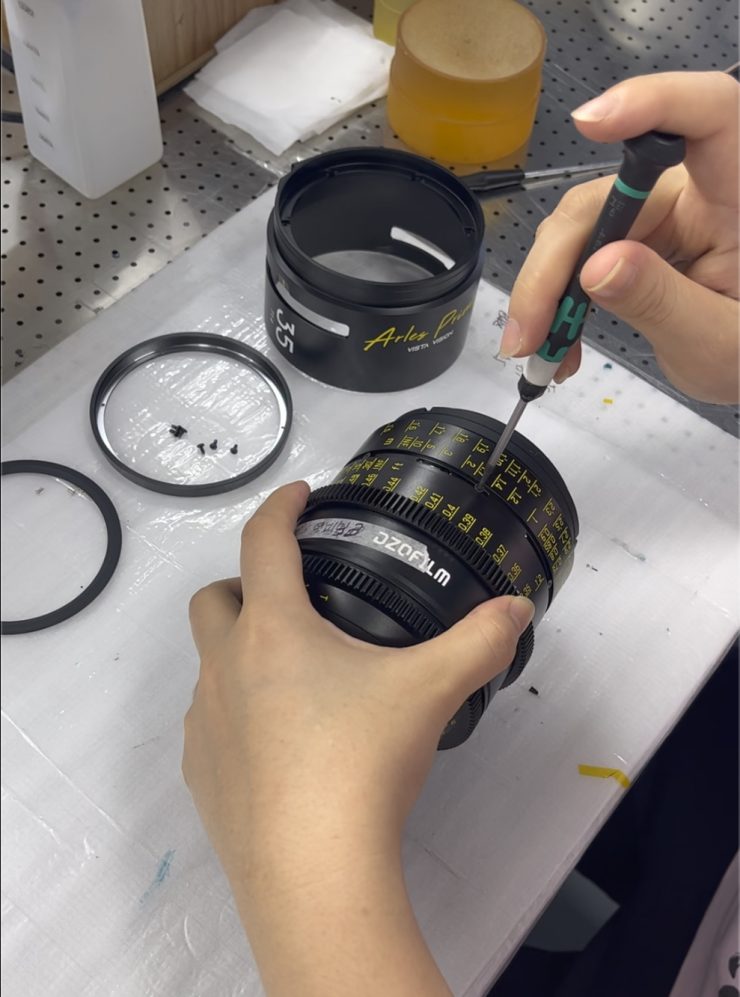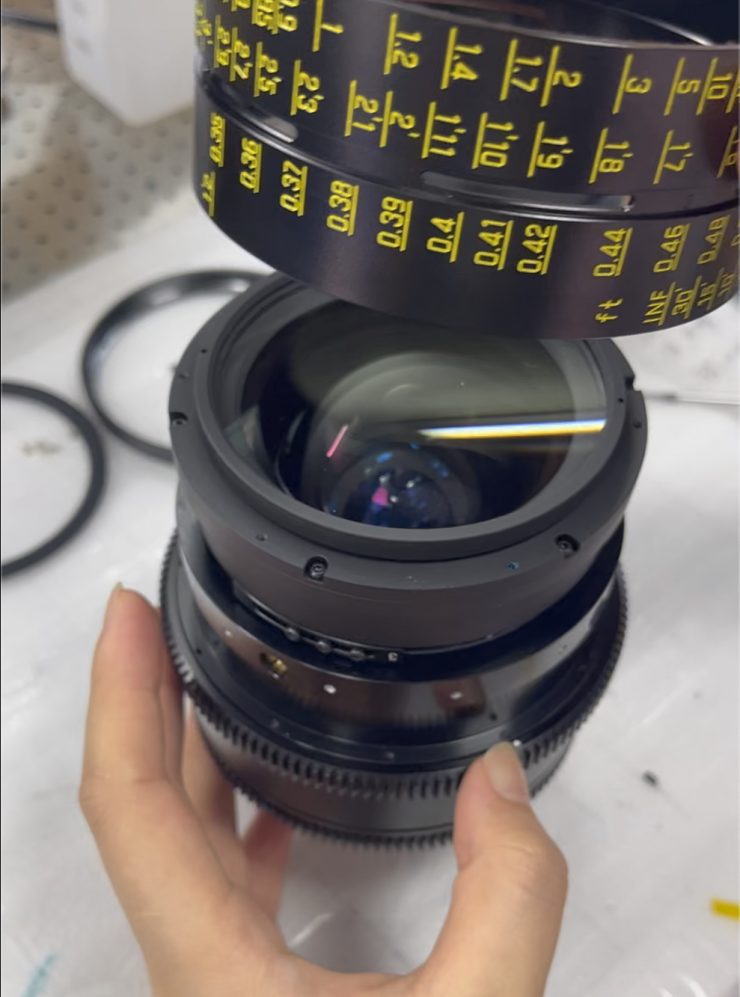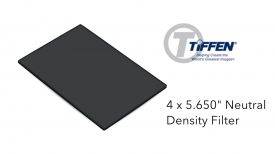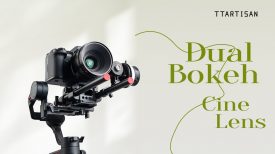
DZOFilm first showed its new Arles FF/VV Primes at NAB 2024. The Arles FF/VV series are currently available in focal lengths ranging from 25mm up to 100mm and they all cover full frame sensors and image circles up to 46.5mm.
Above you can see our first look from NAB 2024.
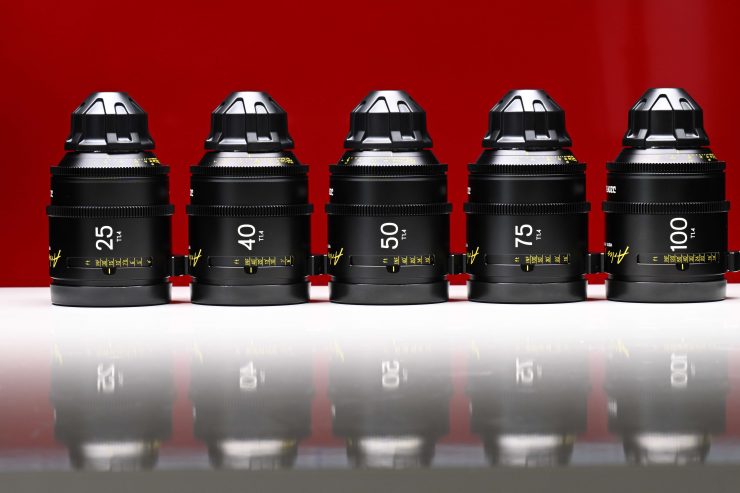
The focal lengths that are currently available are as follows:
- 25mm T1.4
- 35mm T1.4
- 50mm T1.4
- 75mm T1.4
- 100mm T1.4
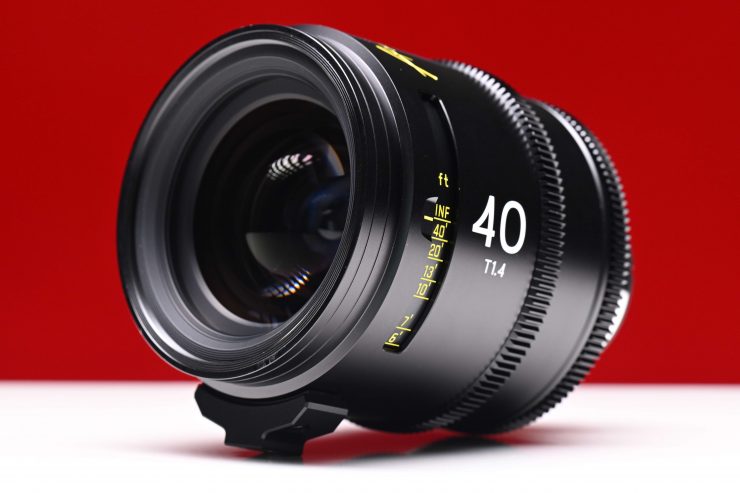
There will be 5 more focal lengths added to the range. I actually had the yet-to-be-released 40mm T1.4 in the set for review. The other focal lengths are going to be 14mm, 21mm, 135mm, and 180mm. I very much doubt that the 14mm or 180mm will be T1.4.
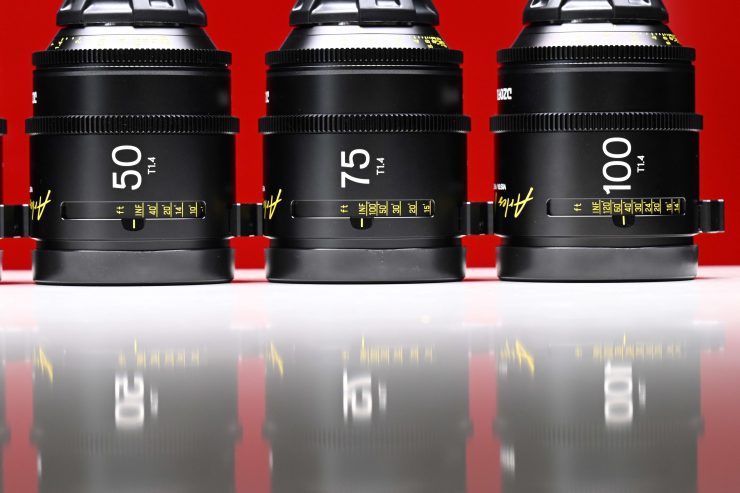
All of the lenses feature a T1.4 aperture. Making anything wider than 25mm or longer than 100mm with a T1.4 aperture is very difficult, especially if you want to keep the size and weight to a minimum.
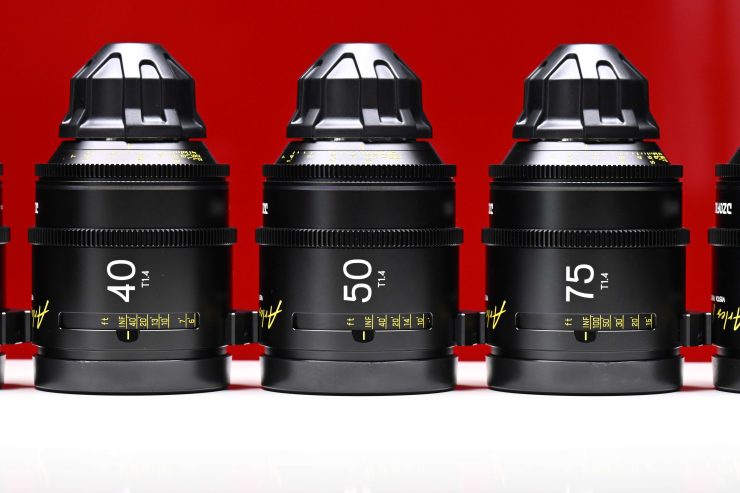
All of the lenses are the same length (4.8″ / 121 mm), but they have slightly different weights.
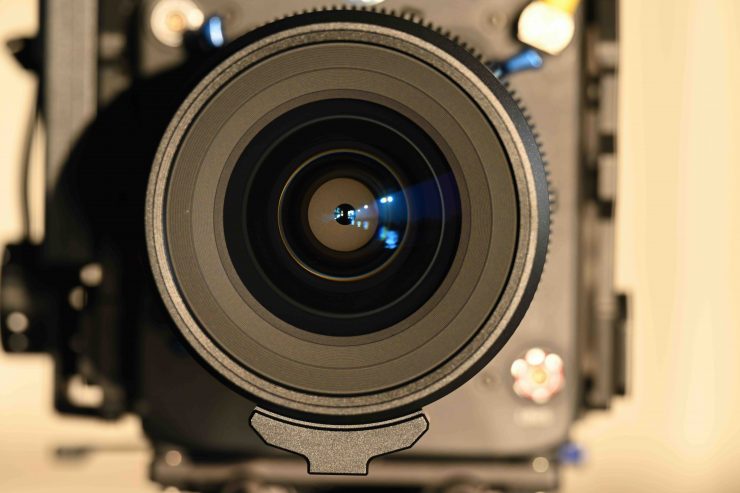
They share a common 95mm front diameter and an 86mm filter thread which means you could use screw-on filters such as variable NDs.
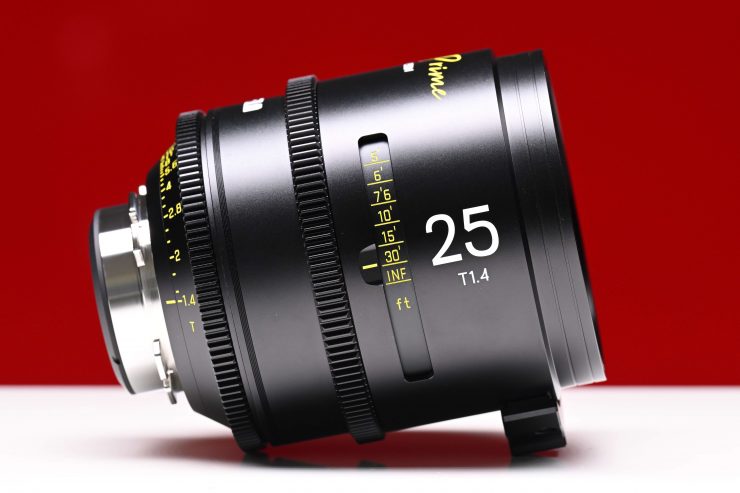
Along with being the exact same size, the aperture, and focus rings are all located in the exact same position which makes them easy to change out without having to re-position lens motors or re-balance a gimbal, etc. Dzofilm claims that they all have very little focus breathing, and I will put that claim to the test in this review.

The lenses are heavier and larger than the NiSi Athena Primes.
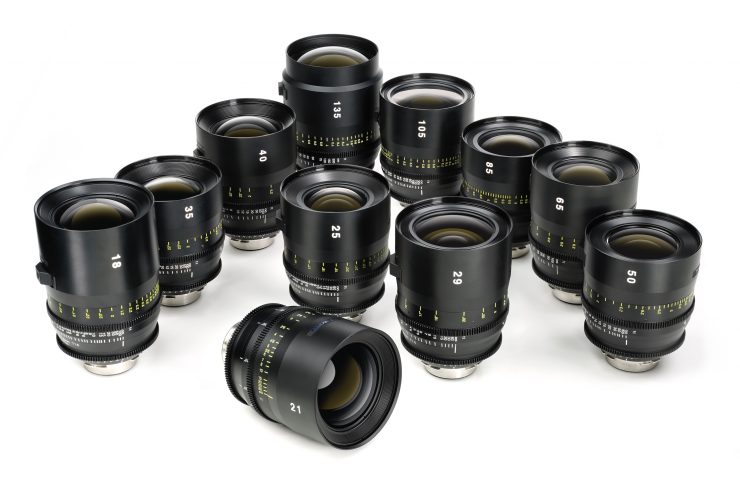
However, they are smaller and lighter than the Tokina Vista Primes.
Concept
The concept behind the Arles series was to come up with a reasonably lightweight, well-performing set of full-frame cine lenses that were relatively affordable.
You may be thinking why is DZOFilm making yet another set of cine prime lenses? Well, up until now, most of their lenses have been designed to have more vintage characteristics, but the Arles series has a cleaner modern look.
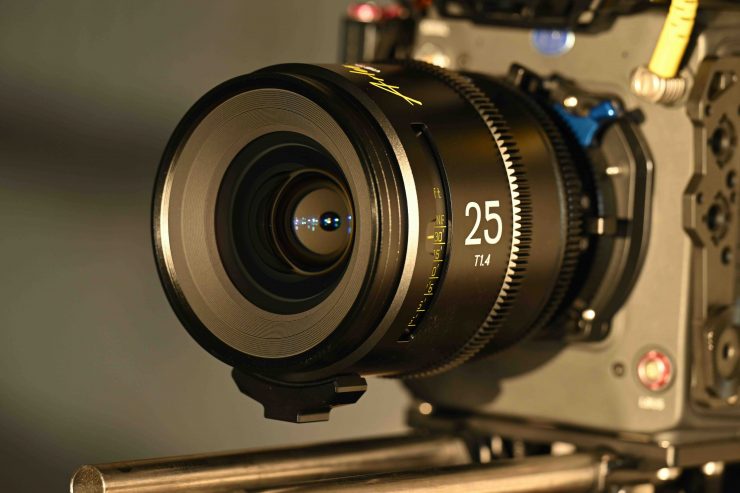
In recent years we have seen a vast array of affordable cine primes hit the market. There has arguably also been a stigma attached to brands that people are not familiar with, but you should never judge a book by its cover. Some of the affordable cine primes that are available are optically pretty good considering their low cost and they can arguably give much more expensive lenses a run for their money.
Build Quality
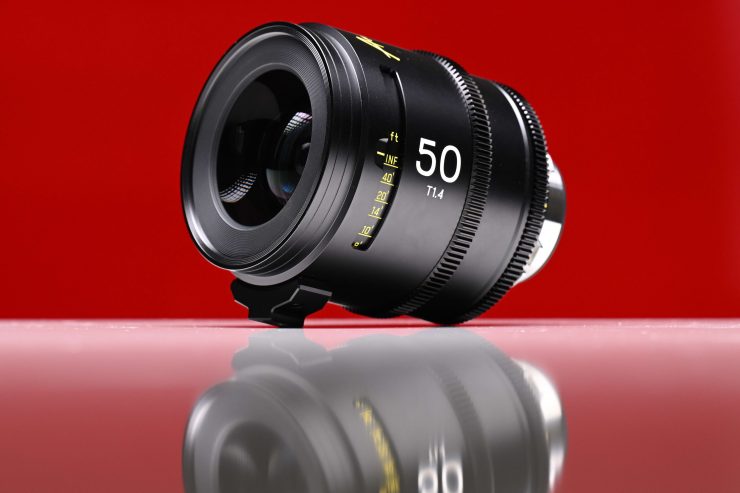
The DZOFilm Arles are really well made, especially for full-frame cine primes at this price. The outside of the lens casing is a hard metal and it has been designed in a matte black finish to avoid light reflecting off it. I personally found the build quality to be better than the NiSi Athena series, but not as good as more expensive offerings like the Tokina Vistas.
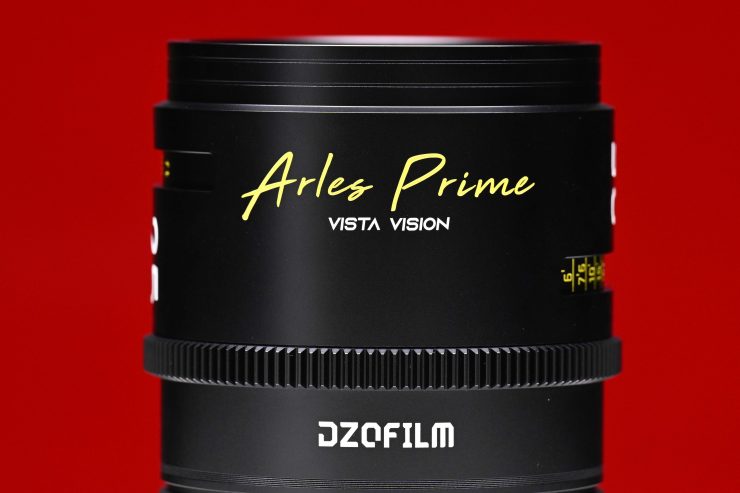
The lenses feature a fairly understated design but there is quite a bit of branding on the top side.
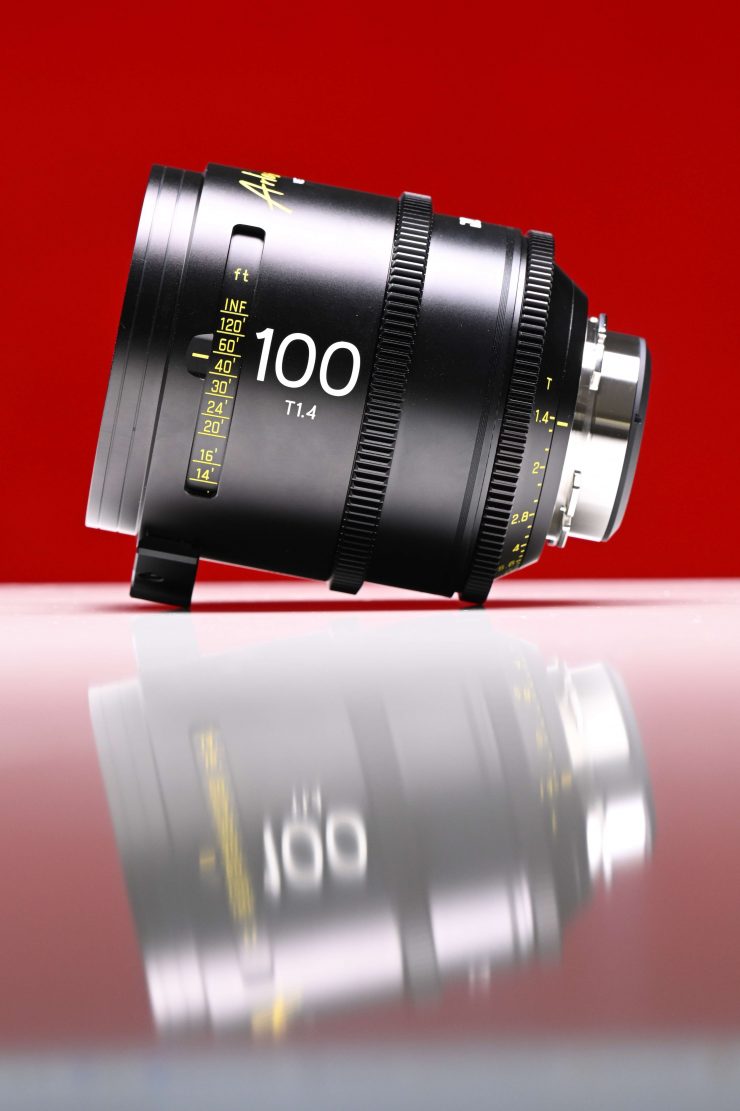
The biggest issue with most affordable cine lenses is when it comes to consistency. While one focal length might have good mechanics, another may not. Good sets of professional cine lenses have identical or almost identical mechanics and build quality.
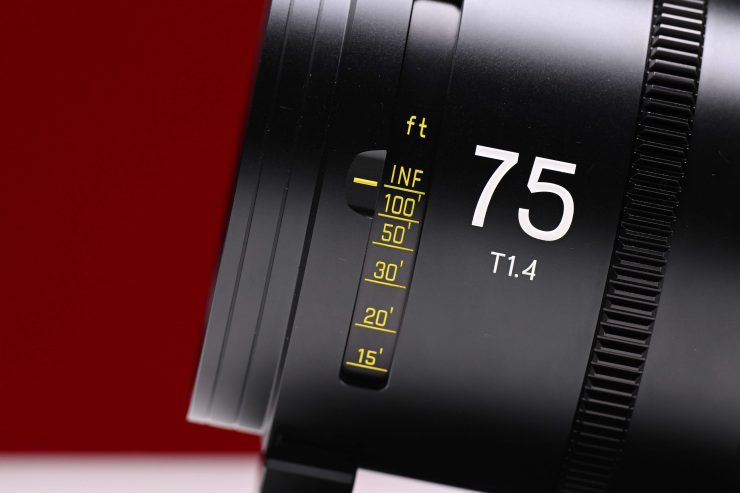
What I found with the Arles primes was that the mechanics and build quality of all the focal lengths were fairly similar, however, not all of them had the same consistency when it came to the focus and iris rings.
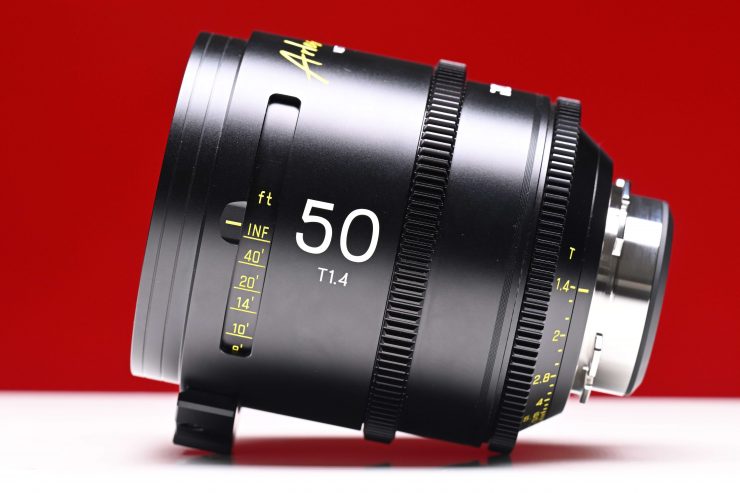
The focus ring on the 50mm T1.4 has less dampening than the other focal lengths.
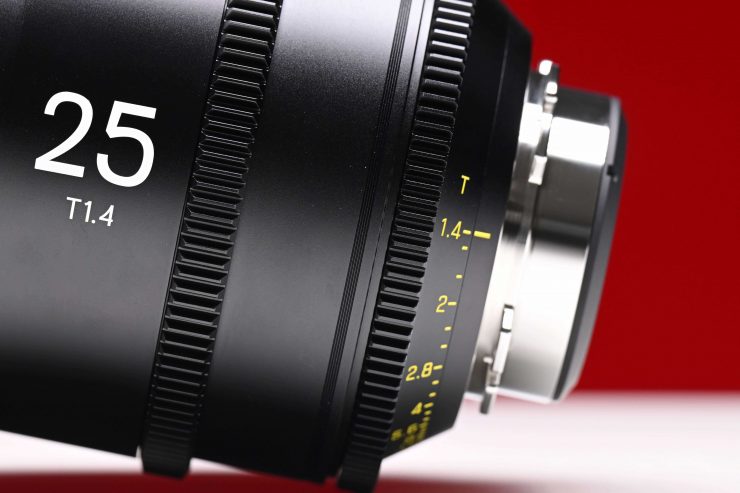
The 25mm T1.4, 75mm T1.4, and 100mm T1.4 have more dampening on the iris ring than the focus.
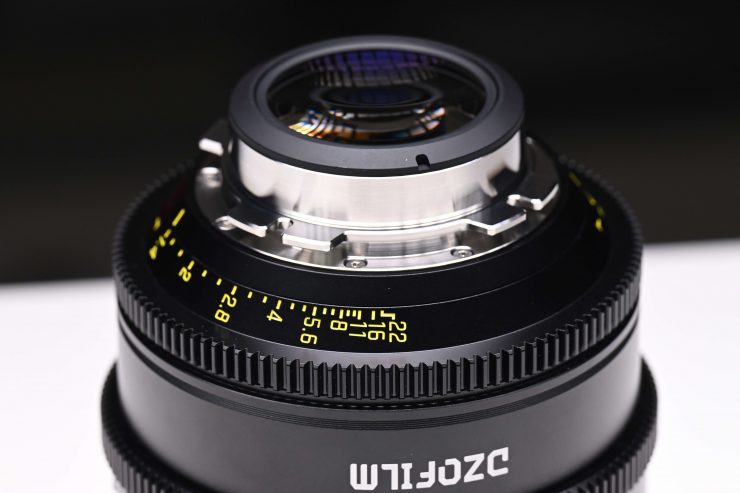
The iris ring on both the 75mm T1.4 and 100mm T1.4 was slightly noisy when you moved it.
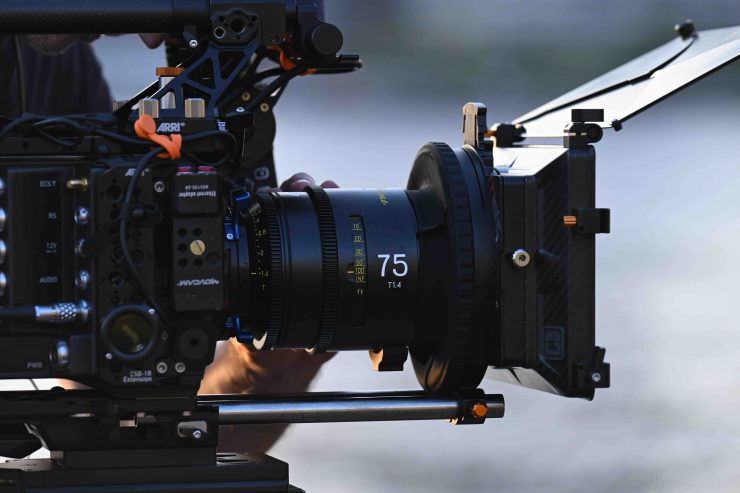
I found the dampening on the focus rings to be a little lighter than what I used to, but I think most users will be happy with it. The iris rings also have slightly less dampening than the focus rings.
Despite these small inconsistencies, the Arles are right up there with having the best mechanics of any of the affordable cine lenses I have ever tested.
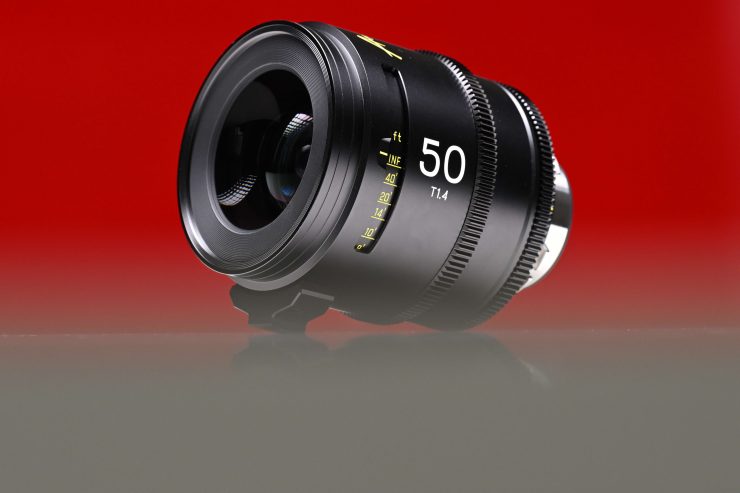
The focus rotation is 270-degrees. Despite the relatively small size of the lenses, if you are pulling focus by hand you will find it a little hard to go from the minimum focus to the maximum focus point, but this is true of most cine primes and zooms.
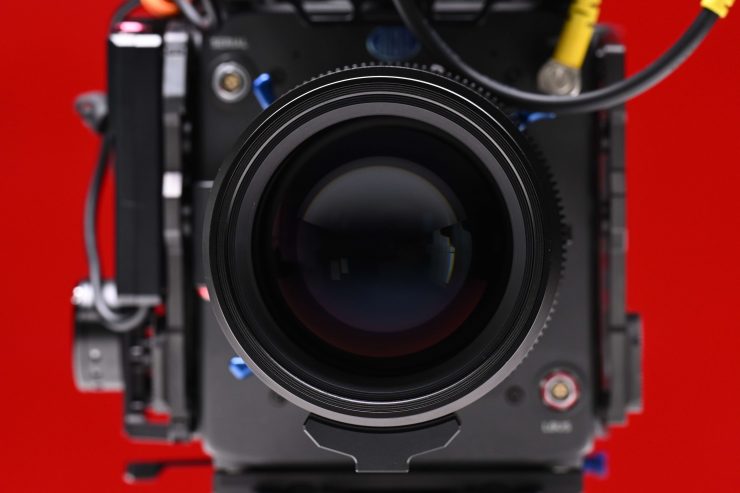
The PL mounts on the lenses don’t wobble around when attached to cameras or adapters.
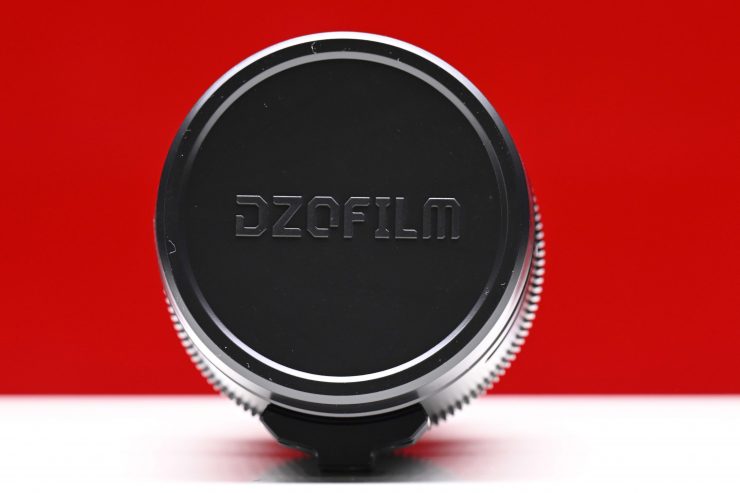
The Arles series comes with lens caps that fit securely. You don’t have the focal lengths clearly displayed on the lens caps like NiSi does with the Athena series.
Size & Weight
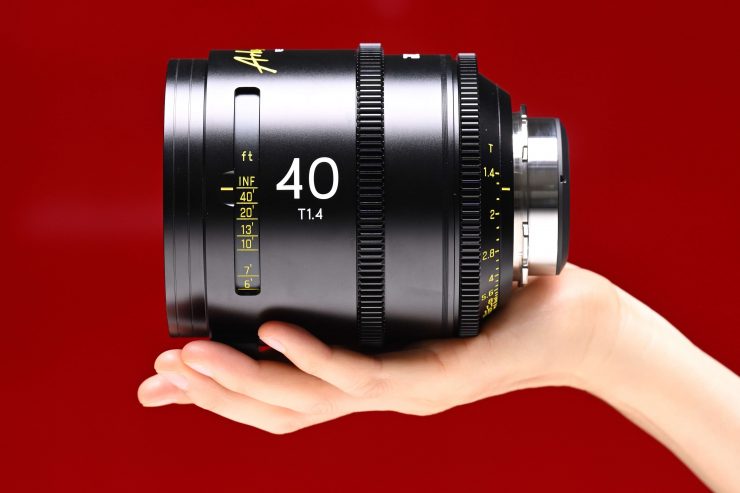
As I mentioned earlier, while the Arles series are all the same length, they do have different weights.
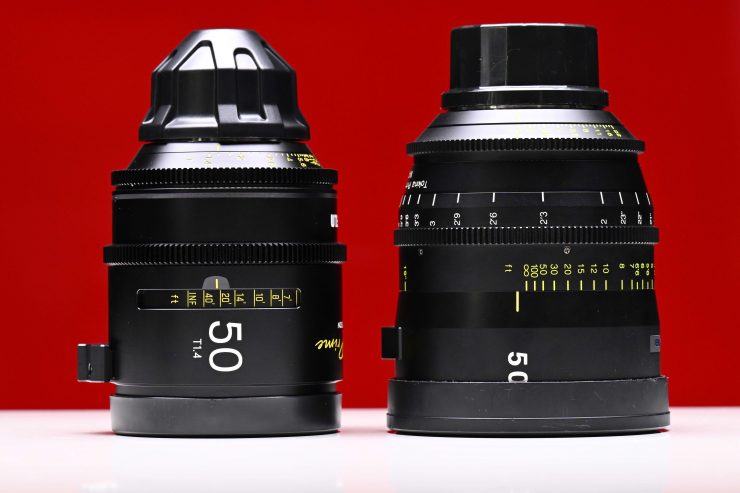
Above you can see how the DZOFilm Arles 50mm T1.4 compares in size to the Tokina Vista 50mm T1.5
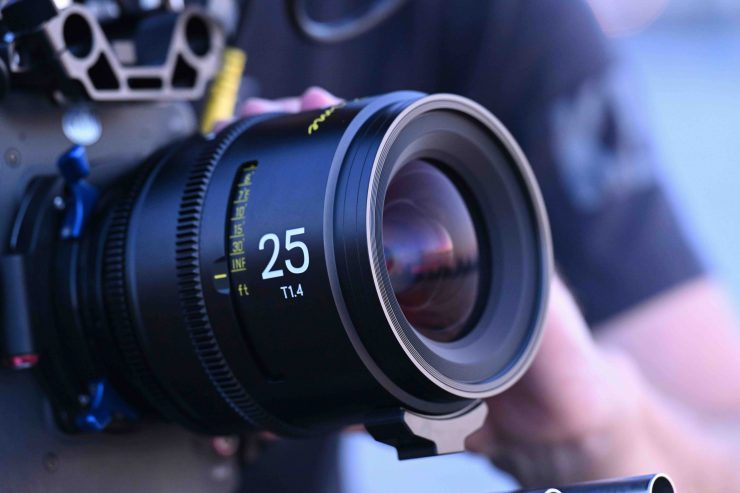
Having roughly the same size and weights can be handy, especially if you are using the lens on gimbals, drones, etc. as you don’t have to make major adjustments.
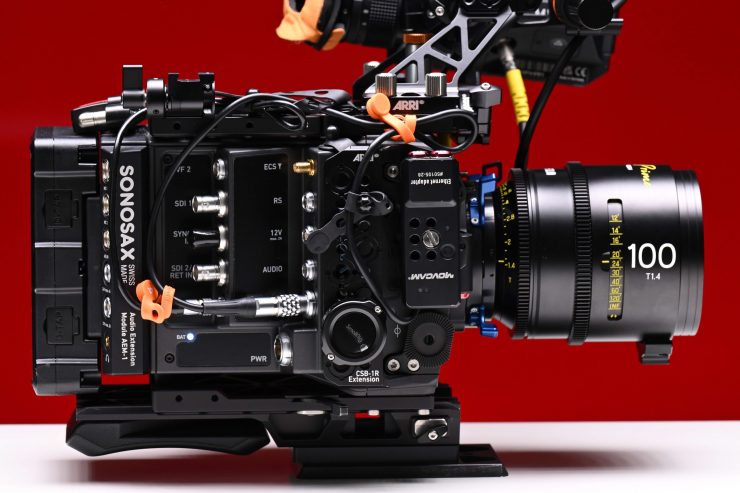
Their size and weight, make this set very appealing for anyone using mid to larger-sized digital cinema cameras.
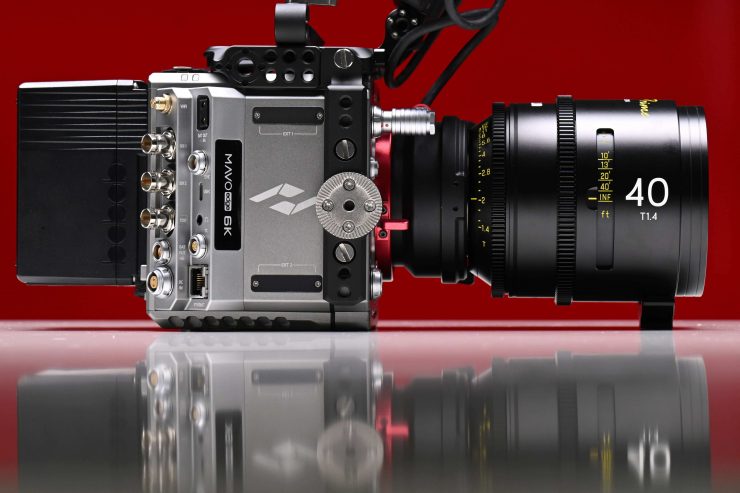

DZOFilm Arles 
NiSi Athena
Above you can see the size difference of a DZOFilm Arles compared to the NiSi Athena when used on the same camera.
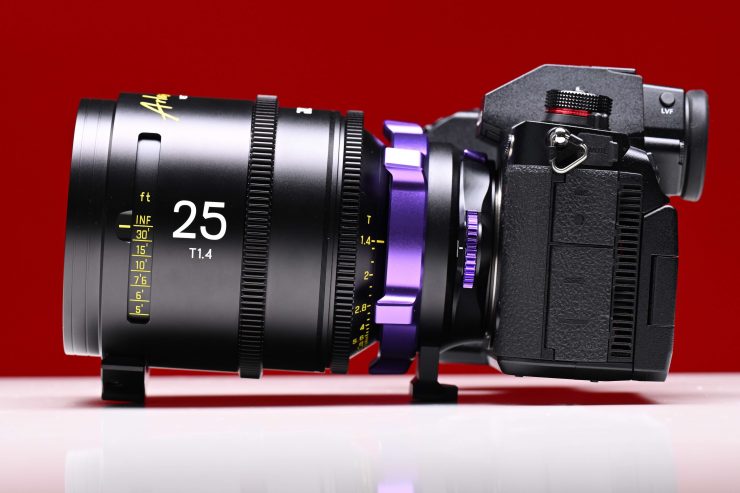
On smaller-sized digital cinema cameras and some mirrorless hybrids, they could arguably be a little heavy.
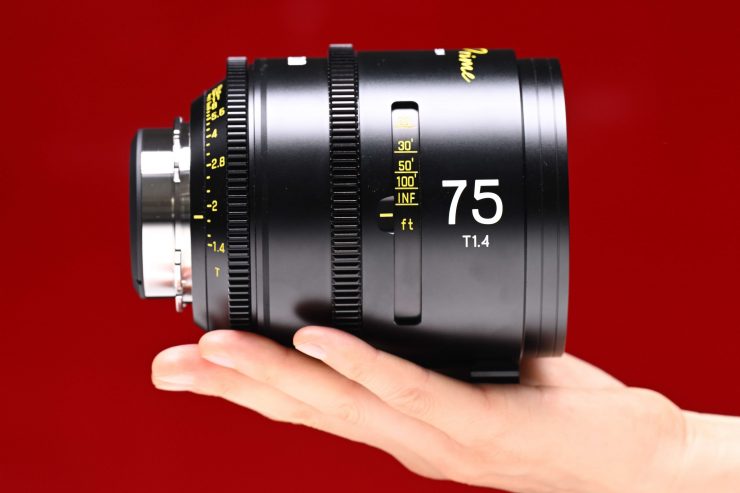
One of the reasons that the lenses all have different weights is because DZOFilm has made them all T1.4.
| WEIGHT | |
| DZOFilm Arles 25mm T1.4 | 3.3 lb / 1490 g |
| DZOFilm Arles 35mm T1.4 | 3.6 lb / 1650 g |
| DZOFilm Arles 50mm T1.4 | 3.7 lb / 1688 g |
| DZOFilm Arles 75mm T1.4 | 3.7 lb / 1662 g |
| DZOFilm Arles 100mm T1.4 | 4 lb / 1830 g |
Above you can see what the lenses weigh.
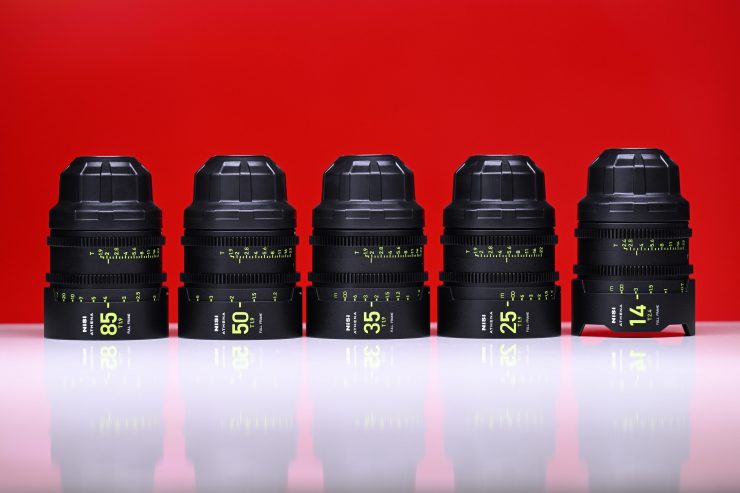
| WEIGHT | ||
| DZOFilm Arles 25mm T1.4 | 3.3 lb / 1490 g | |
| NiSi Athena 25mm T1.9 | 1.76 lb / 800 g | |
| DZOFilm Arles 35mm T1.4 | 3.6 lb / 1650 g | |
| NiSi Athena 35mm T1.9 | 1.76 lb / 800 g | |
| DZOFilm Arles 50mm T1.4 | 3.7 lb / 1688 g | |
| NiSi Athena 50mm T1.9 | 1.76 lb / 800 g | |
| DZOFilm Arles 75mm T1.4 | 3.7 lb / 1662 g | |
| NiSi Athena 85mm T1.9 | 1.76 lb / 800 g |
Above you can see how the weight compares to the NiSi Athena Primes.

Below you can see how that weight compares to the Meike FF Prime Cine primes.
| WEIGHT | ||
| DZOFilm Arles 25mm T1.4 | 3.3 lb / 1490 g | |
| Meike FF Prime Cine 24mm T2.1 | 2.12 lb / 963 g | |
| DZOFilm Arles 35mm T1.4 | 3.6 lb / 1650 g | |
| Meike FF Prime Cine 35mm T2.1 | 2.44 lb / 1108g | |
| DZOFilm Arles 50mm T1.4 | 3.7 lb / 1688 g | |
| Meike FF Prime Cine 50mm T2.1 | 2.42 lb / 1099 g | |
| DZOFilm Arles 75mm T1.4 | 3.7 lb / 1662 g | |
| Meike FF Prime Cine 85mm T2.1 | 2.37 lb / 1078 g | |
| DZOFilm Arles 100mm T1.4 | 4 lb / 1830 g | |
| Meike FF Prime Cine 105mm T2.1 | 2.30 lb / 1046 g |

Below you can see how that weight compares to the Rokinon XEEN CF Pro Cine Lenses.
| WEIGHT | ||
| Rokinon XEEN CF 24mm T1.5 | 2.00 lb / 910 g | |
| DZOFim Arles 25mm T1.4 | 3.3 lb / 1490 g | |
| Rokinon XEEN CF 35mm T1.5 | 2.40 lb / 1090 g | |
| DZOFim Arles 35mm T1.4 | 3.6 lb / 1650 g | |
| Rokinon XEEN CF 50mm T1.5 | 2.00 lb / 910 g | |
| DZOFim Arles 50mm T1.4 | 3.7 lb / 1688 g | |
| Rokinon XEEN CF 85mm T1.5 | 2.22 lb / 1000 g | |
| DZOFim Arles 75mm T1.4 | 3.7 lb / 1662 g |

Below you can see how the DZOFilm Arles Primes compare to the DZOFilm VESPID Cine Primes.
| WEIGHT | ||
| DZOFilm VESPID 25mm T2.1 | 2.07 lb / 940 g | |
| DZOFilm Arles 25mm T1.4 | 3.3 lb / 1490 g | |
| DZOFilm VESPID 35mm T2.1 | 1.83 lb / 834 g | |
| DZOFilm Arles 35mm T1.4 | 3.6 lb / 1650 g | |
| DZOFilm VESPID 50mm T2.1 | 1.61 lb / 732 g | |
| DZOFilm Arles 50mm T1.4 | 3.7 lb / 1688 g | |
| DZOFilm VESPID 75mm T2.1 | 1.09 lb / 865 g | |
| DZOFilm Arles 75mm T1.4 | 3.7 lb / 1662 g |
As you can see, all of the DZOFilm VESPID Cine Primes have different weights, just like the Arles.

Below you can see how the DZOFilm Arles Primes compare to the Tokina Vista Cine Primes.
| WEIGHT | ||
| Tokina Vista 25mm T1.5 | 4.85 lb / 2200 g | |
| DZOFilm Arles 25mm T1.4 | 3.3 lb / 1490 g | |
| Tokina Vista 35mm T1.5 | 4.3 lb / 1950 g | |
| DZOFilm Arles 35mm T1.4 | 3.6 lb / 1650 g | |
| Tokina Vista 50mm T1.5 | 4.65 lb / 2110 g | |
| DZOFilm Arles 50mm T1.4 | 3.7 lb / 1688 g | |
| Tokina Vista 85mm T1.5 | 4.74 lb / 2150 g | |
| DZOFilm Arles 75mm T1.4 | 3.7 lb / 1662 g | |
| Tokina Vista 105mm T1.5 | 5.64 lb / 2560 g | |
| DZOFilm Arles 100mm T1.4 | 4 lb / 1830 g |

There are other lenses such as the Dulens APO T2.4 Mini Primes, but I won’t compare their weight as they come in slightly different focal lengths. If you are interested, the Dulens weights range from 510-530 g / 17.98-18.69 oz.
There are also other affordable full-frame cine lenses from companies such as Irix and SLR Magic, but they don’t offer the same focal lengths.
Markings
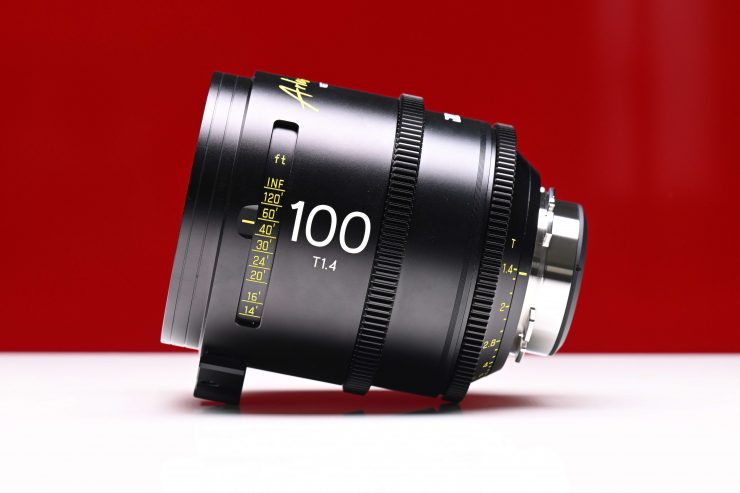
The lenses have clear markings on both the operator and non-operator sides.
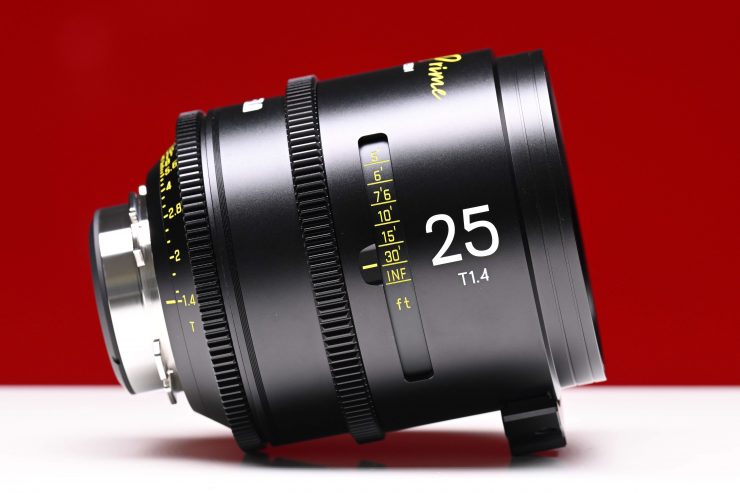
Unlike most other budget-friendly cinema primes, the Arles don’t have focus distance markings in meters on the operator’s side, and feet on the non-operators side. On the versions of the Arles that I was testing, the markings were in feet on both sides of the lens.
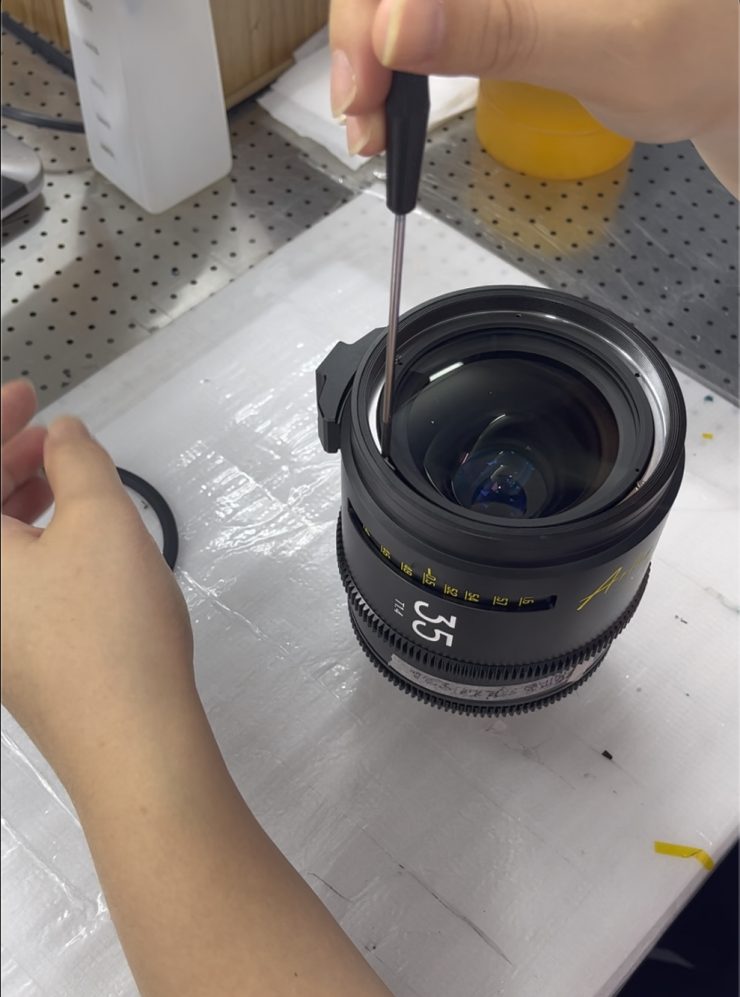
The focus ring on the Arles lenses is interchangeable between metric and imperial scales. You can switch the scale using a T5 Torx screwdriver, a Phillips screwdriver, and 72-77mm ring
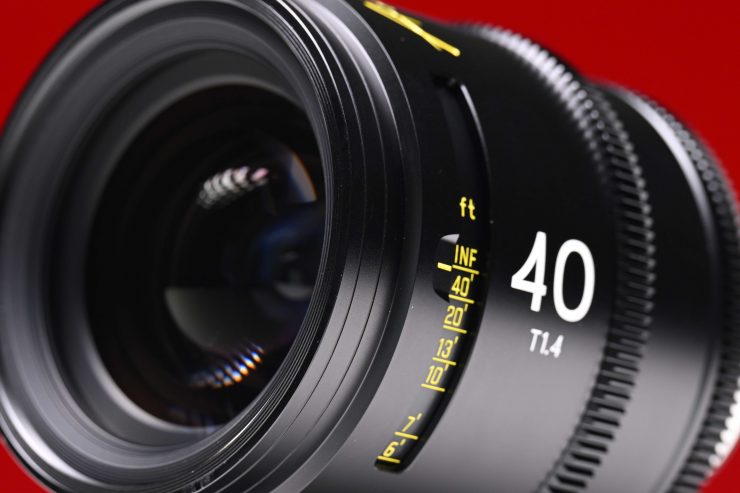
The markings on the lenses are good, and unlike some other affordable cine lenses that I have reviewed, the infinity marks and T-stops on the operator and non-operator sides line up correctly on all of the lenses.
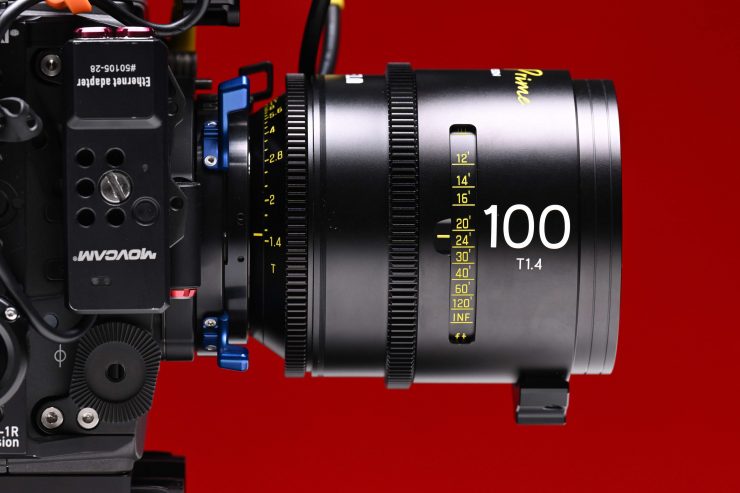
The markings are well-displayed and easy to see. They are not luminous like the competing NiSi Athena series so you can’t see them in the dark.
What mounts are they available in?
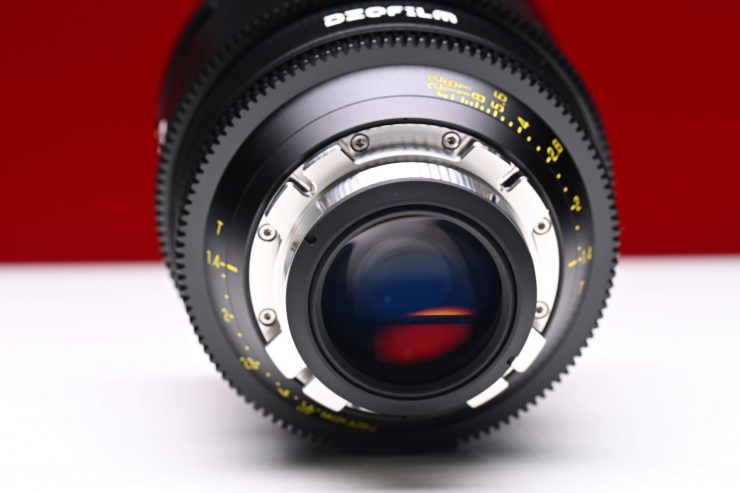
The DZOFilm Arles Primes are only available in PL mount, but they come with interchangeable Canon EF mounts.
Optical Construction
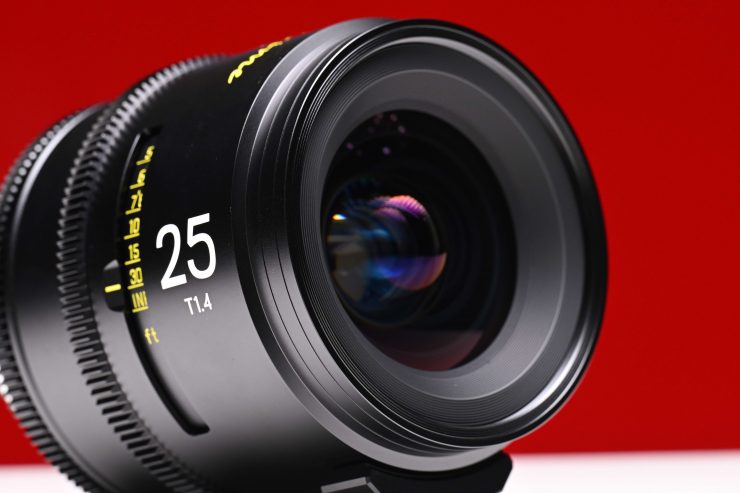
Here is what the optical construction of the lenses consists of for the various focal lengths:
- 25mm T1.4- 14 Elements in 12 Groups
- 35mm T1.4- 14 Elements in 12 Groups
- 50mm T1.4- 13 Elements in 9 Groups
- 75mm T1.4- 13 Elements in 9 Groups
- 100mm T1.4- 13 Elements in 8 Groups
All of the lenses have 16 aperture blades.
How do they work with PL adapters that have rear drop-in filters?
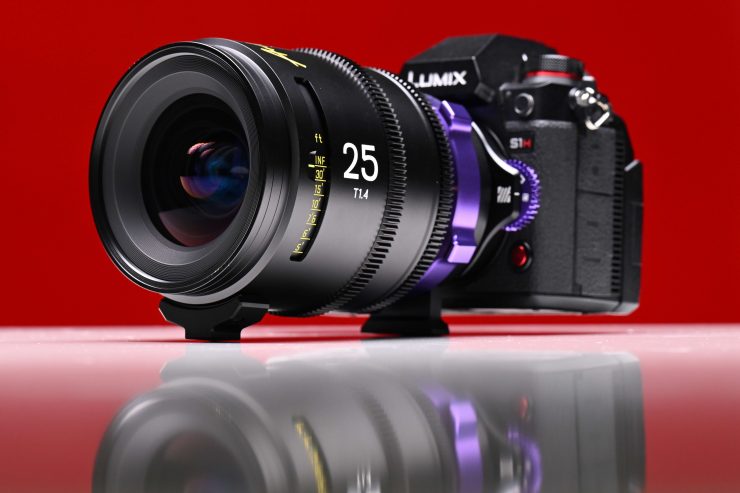
I tested all the Arles primes with the MOFAGE POCO Drop-In Filter Lens Mount Adapter Kit (Leica L to PL).
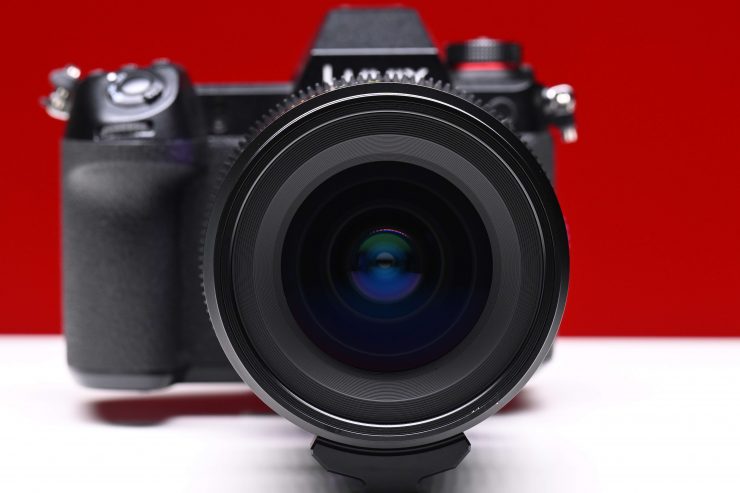
The lenses will fit on the adapter without any clearance issues.

There was no issue like I experienced with the NiSi Athena series, where with all of the focal lengths, except the 25mm T1.9, you had clearance issues when trying to focus. The problem you will encounter when using the NiSi Athena lenses with PL adapters with drop-in filters is, because of the design of the PL mount versions of these lenses, the rear PL mount actually extends as you move the focus toward infinity.
Close Focus Ability
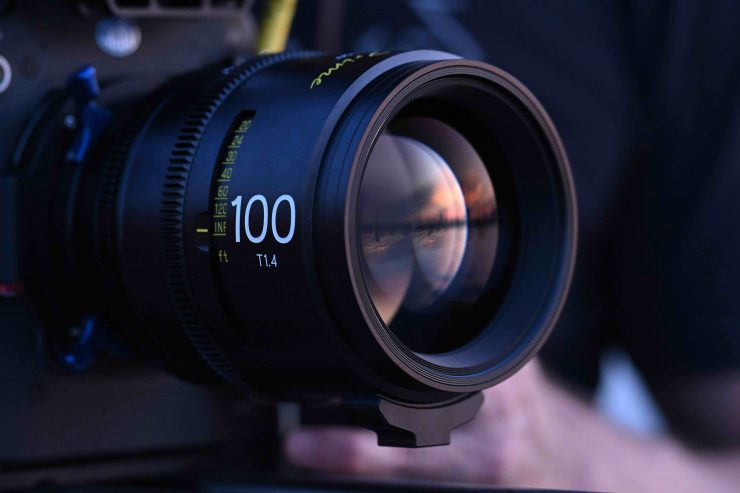
All of the focal lengths were designed to be able to focus reasonably close to your subject.
| MOD | |
| DZOFilm Arles 25mm T1.4 | 13.78″ / 35cm |
| DZOFilm Arles 35mm T1.4 | 13.78″ / 35cm |
| DZOFilm Arles 50mm T1.4 | 19.7″ / 50cm |
| DZOFilm Arles 75mm T1.4 | 2.46′ / 75cm |
| DZOFilm Arles 100mm T1.4 | 3.0′ / 90cm |
The close focus ability of the lenses is pretty much on par with most other full-frame cine primes.
Below you can see how that MOD compares to the Meike FF Prime Cine primes.
| MOD | ||
| Meike FF Prime Cine 24mm T2.1 | 11.8″ / 30cm | |
| DZOFilm Arles 25mm T1.4 | 13.78″ / 35cm | |
| Meike FF Prime Cine 35mm T2.1 | 12.99″ / 33cm | |
| DZOFilm Arles 35mm T1.4 | 13.78″ / 35cm | |
| Meike FF Prime Cine 50mm T2.1 | 23.62″ / 60cm | |
| DZOFilm Arles 50mm T1.4 | 19.7″ / 50cm | |
| Meike FF Prime Cine 85mm T2.1 | 33.46″ / 85cm | |
| DZOFilm Arles 75mm T1.4 | 2.46′ / 75cm |
Below you can see how that MOD compares to the NiSi Athena Primes.
| MOD | ||
| NiSi Athena 25mm T1.9 | 11.8″ / 30cm | |
| DZOFilm Arles 25mm T1.4 | 13.78″ / 35cm | |
| NiSi Athena 35mm T1.9 | 11.8″ / 30cm | |
| DZOFilm Arles 35mm T1.4 | 13.78″ / 35cm | |
| NiSi Athena 50mm T1.9 | 19.7″ / 50cm | |
| DZOFilm Arles 50mm T1.4 | 19.7″ / 50cm | |
| NiSi Athena 85mm T1.9 | 31.5″ / 80cm | |
| DZOFilm Arles 75mm T1.4 | 2.46′ / 75cm |
Below you can see how the MOD compares to the Rokinon XEEN CF Pro Cine Lenses.
| MOD | ||
| Rokinon XEEN CF 24mm T1.5 | 9.8″ / 25cm | |
| DZOFilm Arles 25mm T1.4 | 13.78″ / 35cm | |
| Rokinon XEEN CF 35mm T1.5 | 12.99″ / 33cm | |
| DZOFilm Arles 25mm T1.4 | 13.78″ / 35cm | |
| Rokinon XEEN CF 50mm T1.5 | 17.7″ / 45cm | |
| DZOFilm Arles 50mm T1.4 | 19.7″ / 50cm | |
| Rokinon XEEN CF 85mm T1.5 | 44.1″ / 112cm | |
| DZOFilm Arles 75mm T1.4 | 2.46′ / 75cm |
Below you can see how the Arles Cine Primes MOD compares to the DZOFilm VESPID Cine Primes.
| MOD | ||
| DZOFilm VESPID 25mm T2.1 | 11.8″ / 30cm | |
| DZOFilm Arles 25mm T1.4 | 13.78″ / 35cm | |
| DZOFilm VESPID 35mm T2.1 | 11.8″ / 30cm | |
| DZOFilm Arles 25mm T1.4 | 13.78″ / 35cm | |
| DZOFilm VESPID 50mm T2.1 | 14.56″ / 37cm | |
| DZOFilm Arles 50mm T1.4 | 19.7″ / 50cm | |
| DZOFilm VESPID 75mm T2.1 | 23.62″ / 60cm | |
| DZOFilm Arles 75mm T1.4 | 2.46′ / 75cm |
As you can see, the DZOFilm VESPID Cine Primes have a better close focus ability than the Arles series.
Below you can see how the DZOFilm Arles Primes compare to the Tokina Vista Cine Primes.
| MOD | ||
| Tokina Vista 25mm T1.5 | 13.86″ / 35.20 cm | |
| DZOFilm Arles 25mm T1.4 | 13.78″ / 35cm | |
| Tokina Vista 35mm T1.5 | 16″ / 40.6 cm | |
| DZOFilm Arles 35mm T1.4 | 13.78″ / 35cm | |
| Tokina Vista 50mm T1.5 | 19″ / 48 cm | |
| DZOFilm Arles 50mm T1.4 | 19.7″ / 50cm | |
| Tokina Vista 85mm T1.5 | 37.4″ / 95 cm | |
| DZOFilm Arles 75mm T1.4 | 2.46′ / 75cm |
No Breathing?
I tested out the lenses by doing large focus throws, and while there are some small amounts of breathing it is very well contained. I personally don’t like focus breathing as it can be very distracting. It is good to see that most budget-friendly cine lenses have minimal amounts of lens breathing.
Above you can see a quick test to show how the focus breathing of the DZOFilm Arles 50mm T1.4 compares to the Tokina Vista 50mm T1.5.
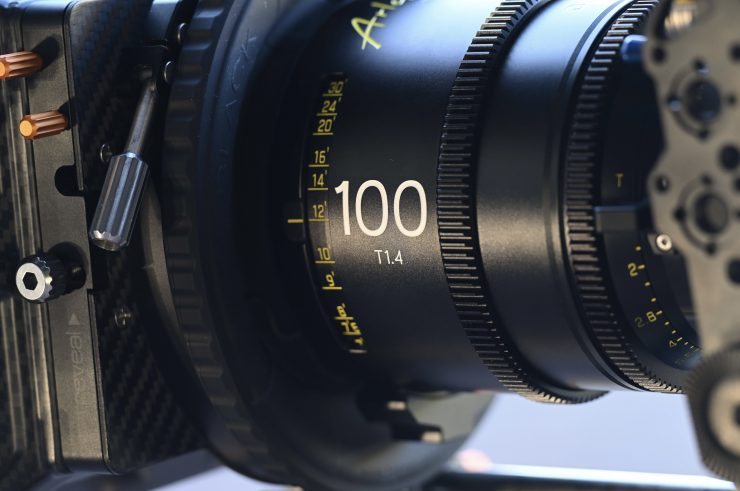
No lens technically has zero breathing, but very good cinema glass has such minimal amounts that it is virtually impossible to see. What you will normally see is some perspective shift which is normal when refocusing a lens.
Image shift is the change in location of a fixed point after a focus rack. It should be in the same spot after you rack focus.
Perspective shift is the focal length of the lens being modified by the movement of the optics. A slight change in focal length may happen if there is a floating element that moves and is not properly corrected for in the design. Certainly, the great majority of lenses have this issue. It’s also tenths of a mm so not overly noticeable.
Focus breathing is a change in image size so the size of the object will get larger as it moves out of frame. That is reproduction size.
In summary, perspective shift is the effective focal length change (angle of view change) and focus shift is the reproduction size of the object changing as focus moves. Think of it like Macro. A macro lens can be 1:1 life-size reproduction but as you focus it can change the reproduction size. That is focus shift from intentional breathing design. The angle of view is not overly affected in that case because it is flat field focus. On spherical lenses, the angle of view does change slightly as you focus rack thus making for perspective/angle of view shift.
Fall off, Image Coverage & Vignetting
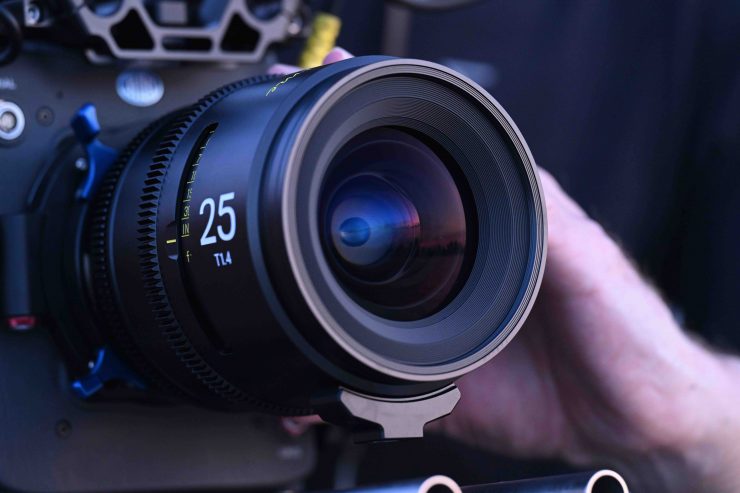
As the lenses all cover a 46.5mm image circle, when you use them on a full-frame-sized sensor you get good illumination across the entire image, but with the wider focal lengths (25mm/35mm) there will be a little bit of light loss out towards the edges of the frame when used wide open. However, I didn’t personally feel like this was a big deal in most real-world shooting scenarios.
Sharpness
The growing trend that is common with quite a few of the affordable cine zooms and primes these days is to come up with something that is a little more vintage, and that sometimes comes at the expense of sharpness. I was curious to see if the Arles primes followed that trend.
Above you can see how all of the focal lengths perform at various T stops. All of the tests were shot using the Kinefinity MAVO LF in 6K DCI.
Now, the reason I always use this robot is that it has very fine details on it and it is very easy to see if something is sharp or not. While there is nothing wrong with shooting charts, we don’t shoot charts for a living so I prefer to use this method. Charts are arguably more useful for lens technicians. I always use this same robot, so you can go and check other lens tests I have previously done to see any type of comparison.
If you want a comparison, above you can see similar tests done with the NiSi Athena primes.
25mm T1.4
The 25mm T1.4 lens shows decent center sharpness when used wide open, but as soon as you stop it down to T2 it sharpens up quite a lot. It isn’t as sharp as the other focal lengths, but that comes as no surprise given its focal length.
40mm T1.4
The 40mm T1.4 has pretty good center sharpness, even when used wide open. It does start to improve slightly as you start stopping the lens down, but I didn’t think it started to get noticeably sharper until it hit T5.6. Because of the 16-blade iris, the bokeh stays round even when stopping the lens down.
50mm T1.4
The 50mm T1.4 lens performs very well and it is sharp even when used wide open.
75mm T1.4
Just like the 50mm, the 75mm is pretty sharp and shows a lot of fine detail. At T2 and beyond it is very sharp.
100mm T1.4
The 100mm T1.4 is the sharpest out of all the focal lengths and even when used at T1.4 it performs very well.
How does the sharpness compare to the Tokina Vista?
I wanted to do a comparison between the Tokina Vista 50mm T1.5 and 35mm T1.5 and the DZOFilm Arles 40mm T1.4 and 50mm T1.4.
I was interested to see how they performed against more expensive offerings when it came to sharpness.
What I found is that the Tokina Cinema Vista lenses are sharper out towards the edges of frame, but the enter sharpness is pretty similar when used wide open. At least in my opinion, the Tokina’s are sharper once you start stopping them down slightly. You need to stop the DZOFilm Arles down further to get the same results.
In general, the sharpness performance of the DZOFilm Arles was very good, even when compared to much more expensive lenses.
Lens Flare
The Arles all have similar flare characteristics when it comes to the color, but the look does differ from lens to lens. The lenses do tend to produce a bit of halation around strong light sources when used wide open, but in general, the coatings being used mean that the lenses retain a good amount of contrast. You can see further flare examples further down in the review in my test footage.
The 25mm T1.4 does produce some round rainbow-style flares when hit by direct light sources.
The 50mm T1.4 when used wide open has a bit of halation and quite pronounced large round flares.
The 75mm T1.4 is pretty flare-resistant and it retains a lot of contrast even when direct light sources hit the front of the lens. If you stop the lens down to T5.6 the flares become more interesting.
The 100mm at T1.4 is also pretty flare-resistant and it retains a lot of contrast even when direct light sources hit the front of the lens. If you stop the lens down to T5.6 the flares become more interesting.
Lens flare is very much a personal thing and whether you like the flares these lens produces only you will know.
I also wanted to see how the lens flare compared to the Tokina Cinema Vistas. Above you can see tests showing the DZOFilm Arles 50mm T1.4 and the Tokina Cinema Vista 50mm T1.5 lenses.
Chromatic Aberration
Something you don’t want when shooting is chromatic aberration unless you are going with that creative choice (although I could make an argument that no one wants chromatic aberration!) The lenses do show so some signs of chromatic aberration and you will see some purple fringing when they are used wide open or in highly contrast conditions.
The amount of chromatic aberration isn’t massive, but you do need to be aware of it when shooting in certain situations.
Color Consistency
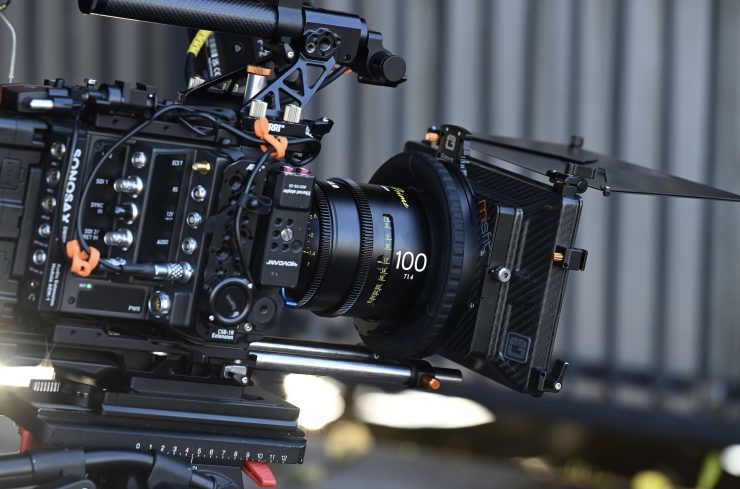
What you don’t want with lenses is any type of inconsistent color. With a good-matched set, all the lenses in the series should have the same color consistency.
I am happy to report that the color consistency was very good across all of the focal lengths. While I wouldn’t say it is absolutely dead on, it is close enough that you are not going to notice anything in the real world.
It is nice to see an affordable set of cine primes that have good color consistency.
Bokeh
Nice bokeh is something everybody craves. The bokeh produced is very similar across the range. As all of the Arles lenses have a 16-blade aperture, you can get very nice, round bokeh when shooting wide open. Even when stopping down to T4, you still get nice round bokeh.
The bokeh from the Arles series is quite pronounced and I did find that in certain situations the edges of the bokeh could be a little too sharp. Again, this is a personal opinion.
Distortion
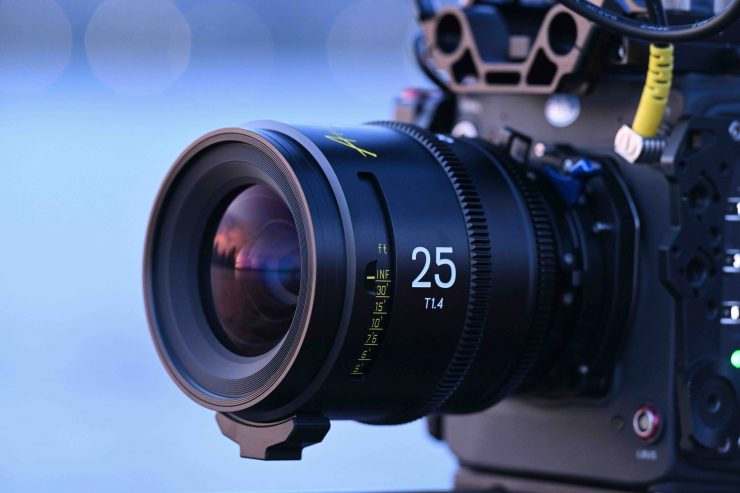
I did find that the 25mm has some slight barrel distortion, but it is reasonably well controlled.
Color Tone
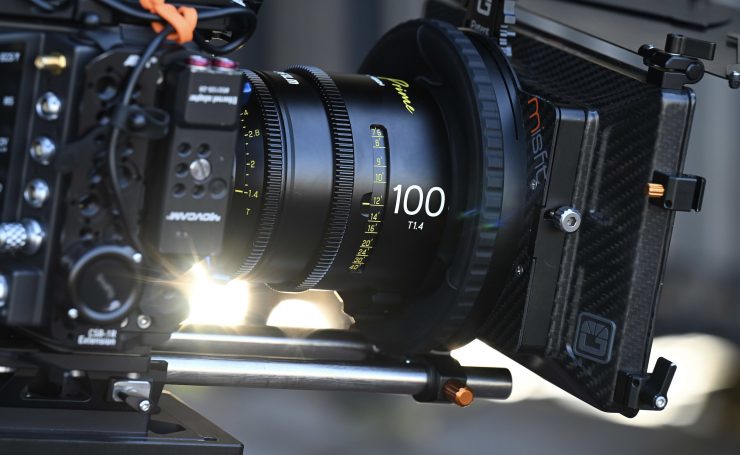
The DZOFilm Arles primes are fairly neutral when it comes to color tone. At least in my opinion, they do lean a little more toward cooler tones, but maybe not as cool as say the NiSi Athena series. The Arles are a little clinical and they maintain good contrast even when bright light sources are hitting the front of the lens. What look you actually prefer from a lens is entirely going to come down to personal choice. As I mentioned earlier, what was nice to see is that all of the lenses in the series shared a common color tone. While they may have slightly different flare characteristics, they all worked well together.
The color tone of a lens is really something you should look at closely if you are going to be using both prime and zoom lenses from different manufacturers. Certain prime and zoom lenses work better together than others. What will work for you will also depend on what camera you are using.
Real World Thoughts

The DZOFilm Arles primes would be right at home on cameras such as the Canon C400, C500 Mark II, R5C, R5, C300 Mark III, Sony FX3, FX6, FX9, VENICE, VENICE 2, RED V-Raptor, ARRI ALEXA Mini LF, ARRI Amira, ARRI ALEXA 35, Kinefinity MAVO LF, EDGE, etc, etc.
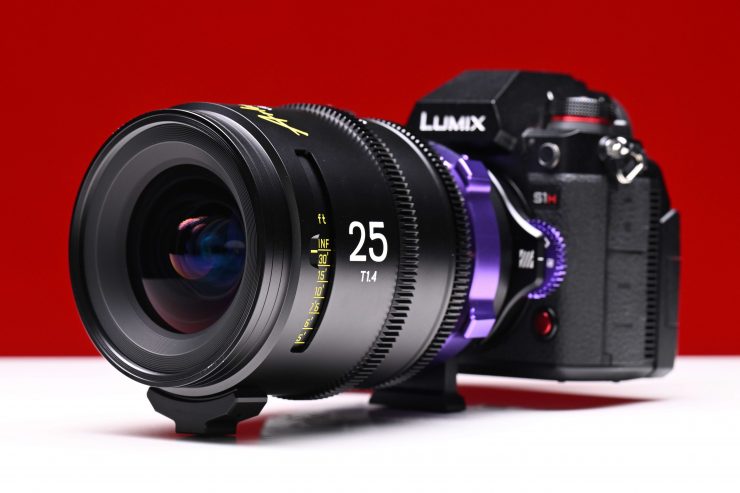
You could also use them on smaller-sized mirrorless hybrids, but some users may find them slightly too heavy.
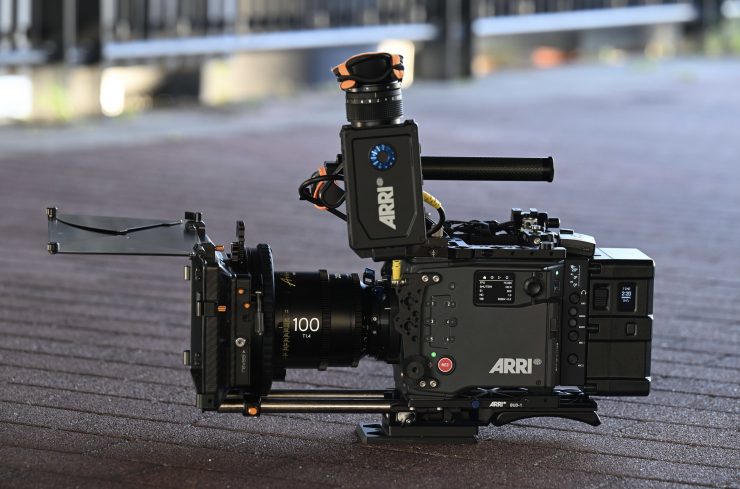
I went and took some shots with the lenses to see how they performed in the real world. I don’t go out to get pretty shots when doing lens tests. I purposely want to push them in tricky lighting conditions to see how they look. I have shot with a baked-in G733 Nostalgic Texture, which is a grainy texture with a vintage feel, designed to render a lot of grain and a soft character. The unsaturated grain additionally emphasizes nostalgic film emulation.
Above you can see some footage captured with the lenses. I primarily wanted to see what they looked like at various focal lengths, the bokeh, CA, focus breathing, etc. I haven’t added any sharpness in post so you can see exactly what you get. I am sorry I couldn’t do more, but there are only so many hours in the day!
If you want something to compare them to, the above footage was taken with the NiSi Athena series in the same location.
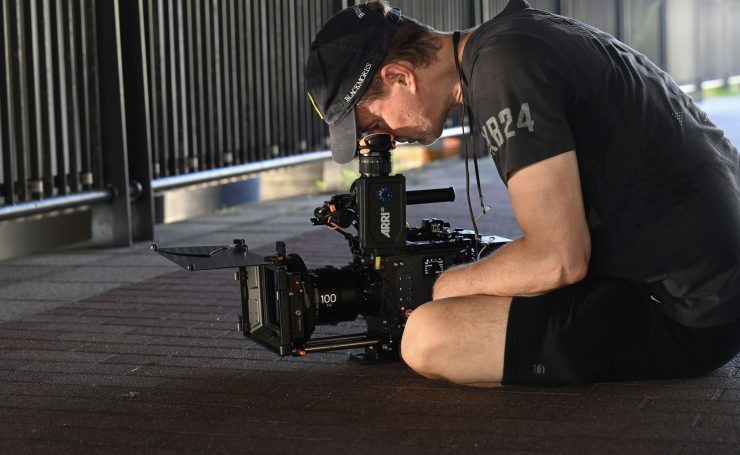
The lenses are easy to operate and use, and as I mentioned earlier in the review, the mechanics are very consistent across the focal lengths.
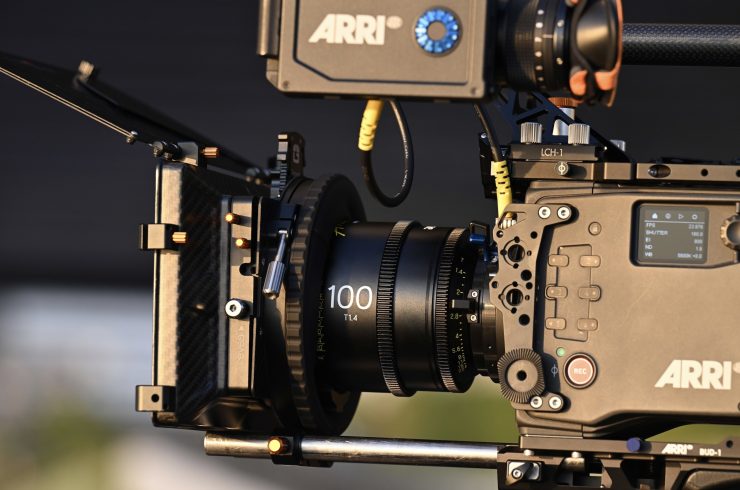
The overall optical performance of the lenses is excellent considering their cost, especially when it comes to center sharpness. You can certainly use all of the focal lengths wide open without any sharpness issues. The edge sharpness isn’t as good when using the lenses wide open. The lenses certainly show signs of chromatic aberration in the form of purple fringing, but it is still reasonably well controlled. The bokeh is nice and round, even when stopping the lenses down a bit. The lenses also have very little breathing which is nice to see.
The lenses are reasonably clinical and are not in any way vintage, which is actually a good thing. I hate using the word character because I often think that term is overused and thrown around by companies who are, let’s face it, just making lenses that are not optically good. Wide open you can get a bit of character, but in general the Arles have a very clean and modern look.
The lenses do exhibit quite a lot of halation with bright light sources when used wide open, so you could very well argue that they are not overly clinical.
While there is certainly nothing wrong with wanting to create a certain look or have lenses that have certain optical characteristics that may or may not be considered good, I personally prefer to use clean lenses that I can then decide to change up by using filters or altering some of their characteristics in post. With optically sound lenses you can make creative choices, however, with a lot of so-called ‘vintage lenses’ or lenses with character, you can’t choose to make something optically better.
Again, each to their own, and you should use whatever lens works for you and your requirements. There is no such thing as the perfect lens, because perfect means different things to different people.
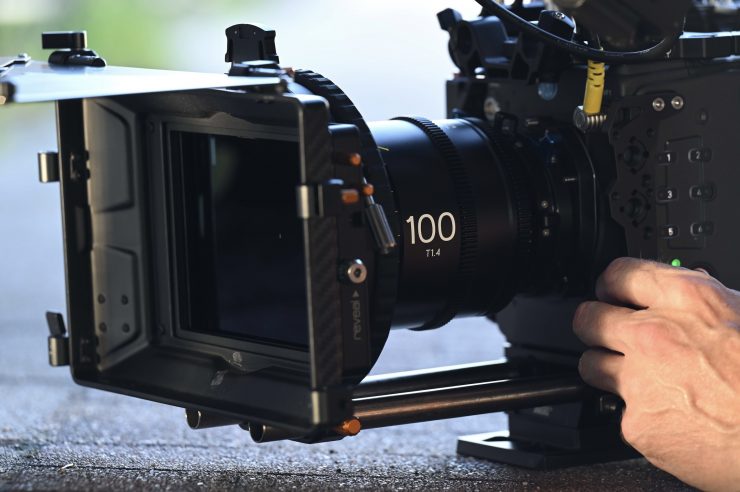
While DZOFilm doesn’t have a long history of making cine lenses, they are fairly well known, especially when compared to most other Chinese-made lenses that are on the market. Without having long-term brand recognition it will always be hard to convince potential customers to buy your product. In saying that, you should never judge a book by its cover and you should always judge a product on its merits and not based on a brand name or where it is made.
DZOFilm also only has 5 focal lengths available at the moment, and competing companies such as Meike, Rokinon, etc. have more focal lengths available. In saying that, we will be seeing quite a few more focal lengths added to the Arles range going forward.
What you also need to think about carefully is if you are someone who is using primes and zooms, what zooms will pair well with these lenses. You would think that the biggest advantage someone like DZOFilm currently has in the affordable cine lens space is that they make both zooms and primes. Even though a lot of their lenses don’t match that well, in a lot of cases, shooters like the idea of being able to buy primes and zooms from the same company. At least in my opinion, the DZOFilm zooms are not going to match the Arles primes as they have a completely different look.
Price & Availability
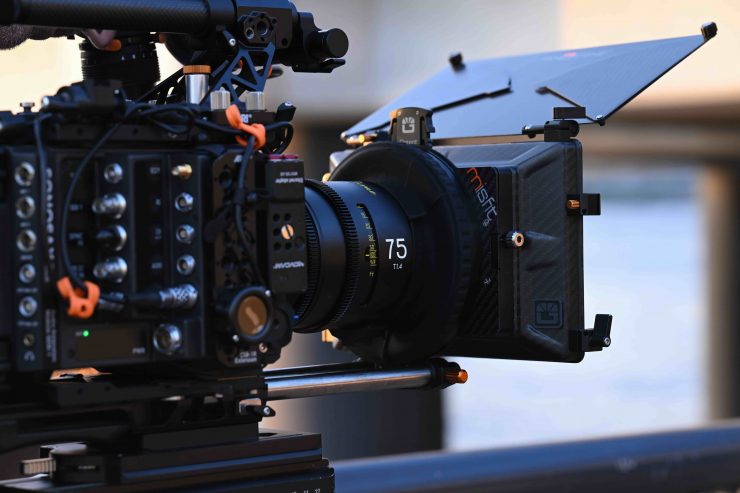
The DZOFilm Arles primes retail for $2,149.00 USD each. This makes them competitively priced and very affordable for full-frame cine prime lenses with T1.4 stops. The lenses are a literal bargain at this price as they can compete with lenses that cost exponentially more money.
You can also buy the 5-lens set for $9,699.00 USD.
The case the 5-lens set comes is very well made and there are cut-outs for all of the focal lengths, plus a space for some accessories.
Competition
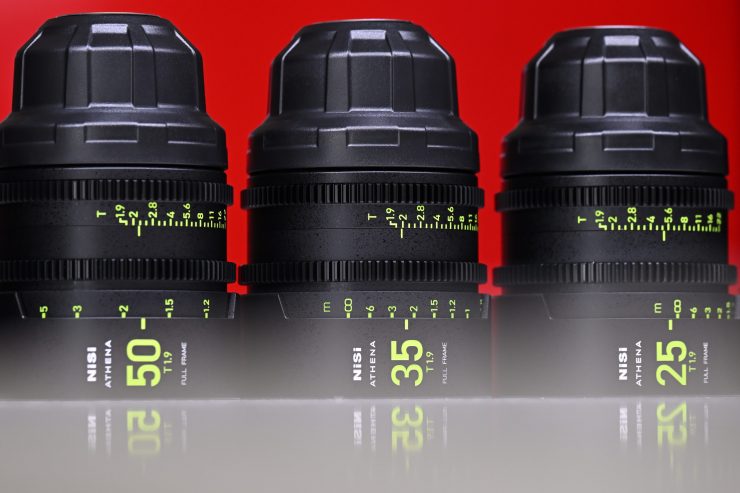
There is quite a bit of competition in this space, and while I won’t list all of the competing options, I will list what I consider to be the main ones:
| PRICE | ||
| NiSi Athena 14mm T2.4 | $1,348 USD | |
| NiSi Athena 18mm T2.2 | $1,268 USD | |
| NiSi Athena 25mm T1.9 | $1,198 USD | |
| NiSi Athena 35mm T1.9 | $1,198 USD | |
| NiSi Athena 40mm T1.9 | $1,268 USD | |
| NiSi Athena 50mm T1.9 | $1,198 USD | |
| NiSi Athena 85mm T1.9 | $1,198 USD | |
| NiSi Athena 135mm T2.2 | $1,268 USD |
NiSi also sells a 5-lens kit for $5,798 USD.
| PRICE | ||
| Meike FF Prime Cine 16mm T2.5 | $1,199 USD | |
| Meike FF Prime Cine 24mm T2.1 | $1,199 USD | |
| Meike FF Prime Cine 35mm T2.1 | $998 USD | |
| Meike FF Prime Cine 50mm T2.1 | $998 USD | |
| Meike FF Prime Cine 85mm T2.1 | $998 USD | |
| Meike FF Prime Cine 105mm T2.1 | $998 USD | |
| Meike FF Prime Cine 135mm T2.4 | $998 USD |
Meike also sells a 6-lens kit for $6,329 USD.
| PRICE | ||
| DZOFilm VESPID 12mm T2.8 | $1,799 USD | |
| DZOFilm VESPID 16mm T2.8 | $1,799 USD | |
| DZOFilm VESPID 25mm T2.1 | $1,399 USD | |
| DZOFilm VESPID 35mm T2.1 | $1,399 USD | |
| DZOFilm VESPID 50mm T2.1 | $1,399 USD | |
| DZOFilm VESPID 75mm T2.1 | $1,399 USD | |
| DZOFilm VESPID 90mm macro T2.8 | $1,649 USD | |
| DZOFilm VESPID 100mm T2.1 | $1,399 USD |
DZOFilm also sells quite a few VESPID prime kits such as the DZOFilm VESPID 6-Lens Kit A (PL & EF Mounts) which retails for $7,499 USD.
Rokinon XEEN CF Pro
| PRICE | ||
| Rokinon XEEN CF 16mm T2.6 | $1,695 USD | |
| Rokinon XEEN CF 24mm T1.5 | $1,795 USD | |
| Rokinon XEEN CF 35mm T1.5 | $1,695 USD | |
| Rokinon XEEN CF 50mm T1.5 | $1,795 USD | |
| Rokinon XEEN CF 85mm T1.5 | $1,695 USD |
You can also buy the Rokinon XEEN CF Pro 5-Lens PL-Mount Cine Lens Kit for $8,325 USD.
Conclusion
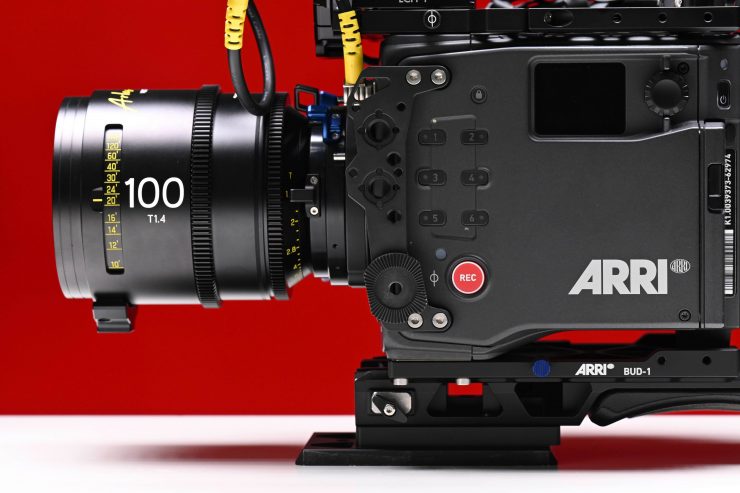
In the last few years, the market has been flooded with affordable cine lenses, and this has been a good thing for the end user because the intense competition has seen prices continue to fall. The downside to this is that deciding what lenses are right for you has become harder and harder given all the options that are available. Resale value can also be bad with cheaper optics, but for a lot of owner/operators the initial outlay isn’t too bad.
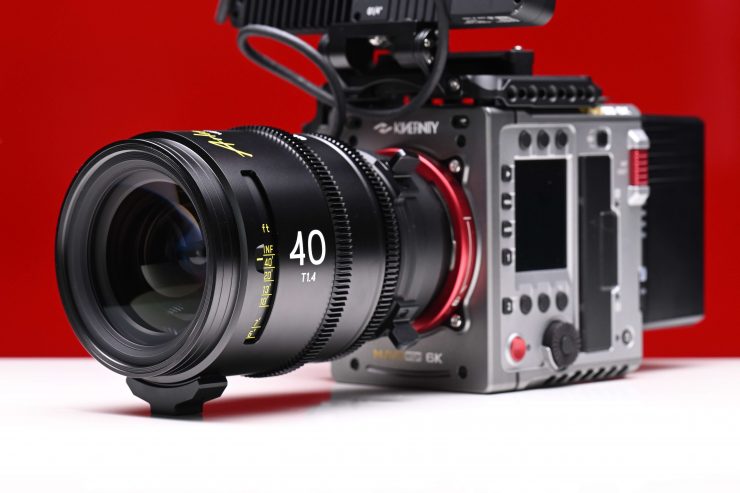
The consistency of the DZOFilm Arles primes in terms of build quality, mechanics, and all the lenses having the same T-stop is something we haven’t arguably seen before at this price point. If you have a stigma about Chinese-made cine lenses not being any good, you should think again.
The Arles lenses are outstanding lenses that punch well above their weight. They are optically a lot better than anything else I have come across that comes anywhere near their price point.
While the DZOFilm Arles primes are more expensive than some of the other budget offerings in this space, such as the NiSi Athena primes, they still represent excellent value for money, and optically they can compete with much more expensive lenses in certain areas.
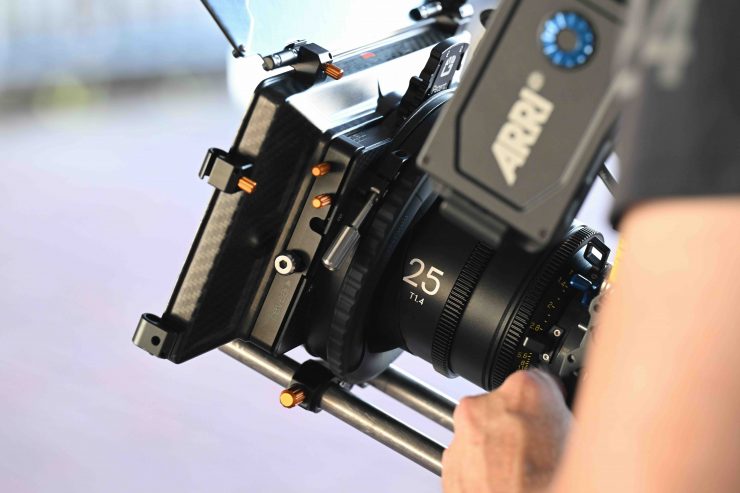
I really need to reiterate that there are no shortcuts with optics and you generally pay for what you get. While the DZOFilm Arles primes can certainly compete with more expensive lenses when it comes to center sharpness, the edge sharpness isn’t as good.
The CA is reasonably well controlled and the lenses are capable of producing very nice round bokeh because of that 16-blade iris and fast aperture. I personally felt that the fall-off was a little harsh and perhaps the bokeh wasn’t as soft as I would like, but these are aesthetic opinions.
Unlike the competing NiSi lenses, you don’t have any issues with the rear mounts extending. With the NiSi Athenas, you can’t use them (except the 25mm) with PL mount adapters that utilize drop-in filters. This is something NiSi should have been very upfront about when selling the lenses. With the DZOFilm Arles, you can use them with rear-mounted PL adapters that utilize drop-in filters without any problem.
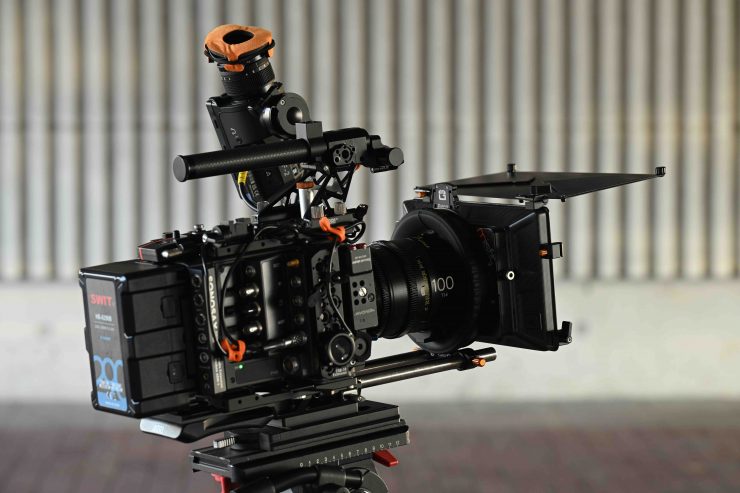
The Arles primes are optically very good and they are solidly made and feature good mechanics and reasonably good consistency across the focal lengths. If you are looking for an affordable set of full-frame cine primes then they are currently the lenses to beat. At least in my opinion, if you are looking at full-frame cine primes that are under $2,200 USD each, nothing else currently comes close to the DZOFilm Arles.


